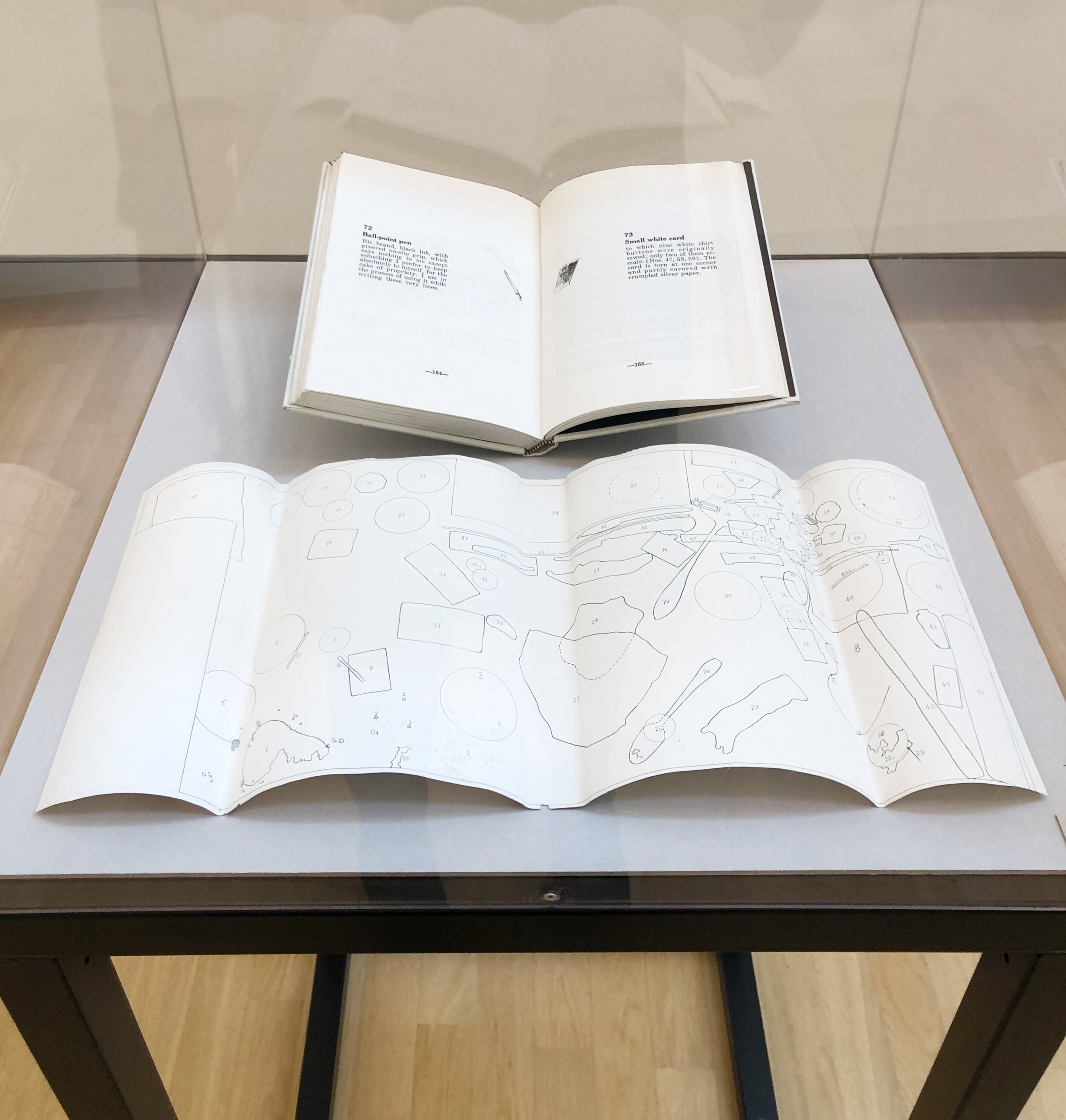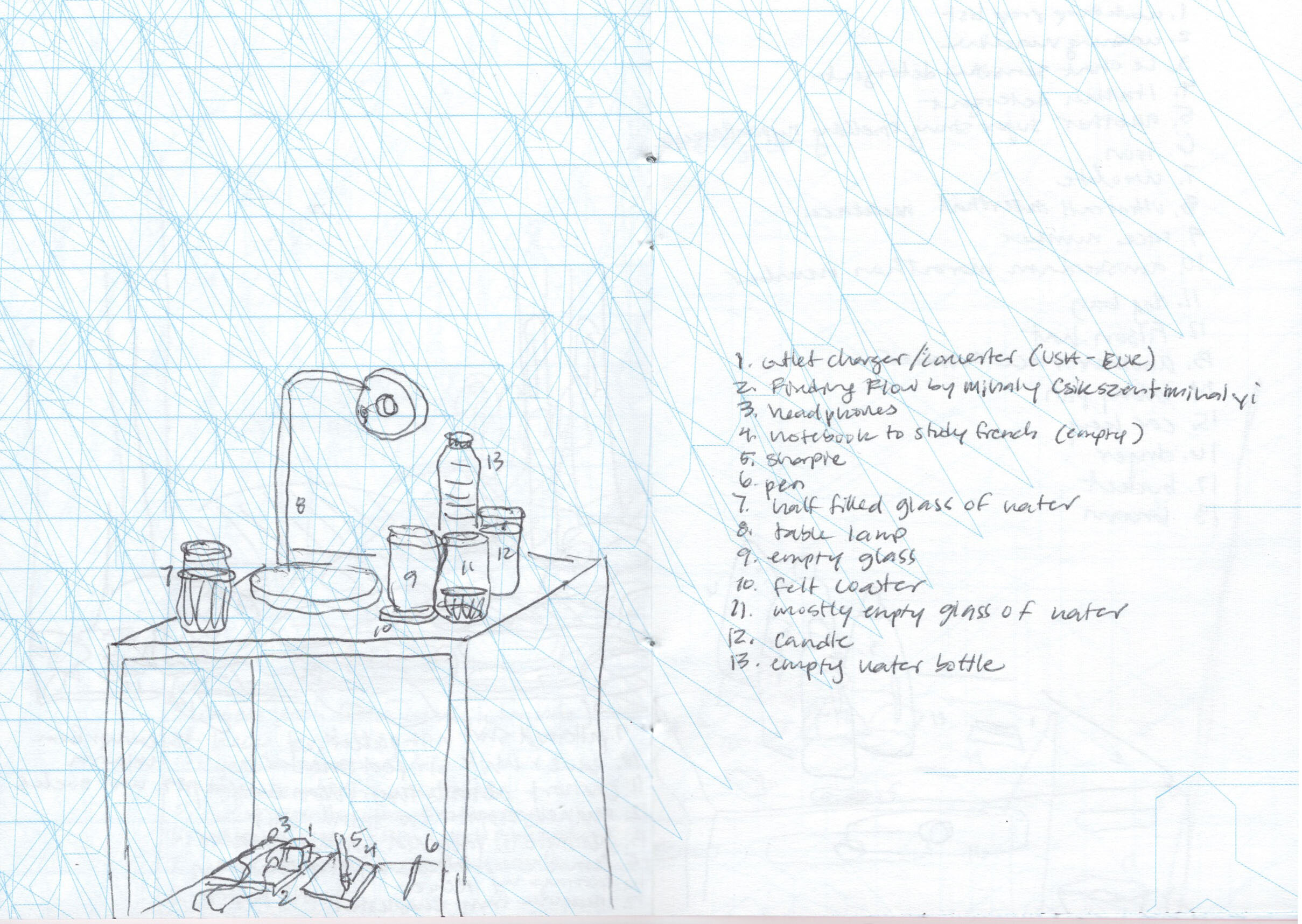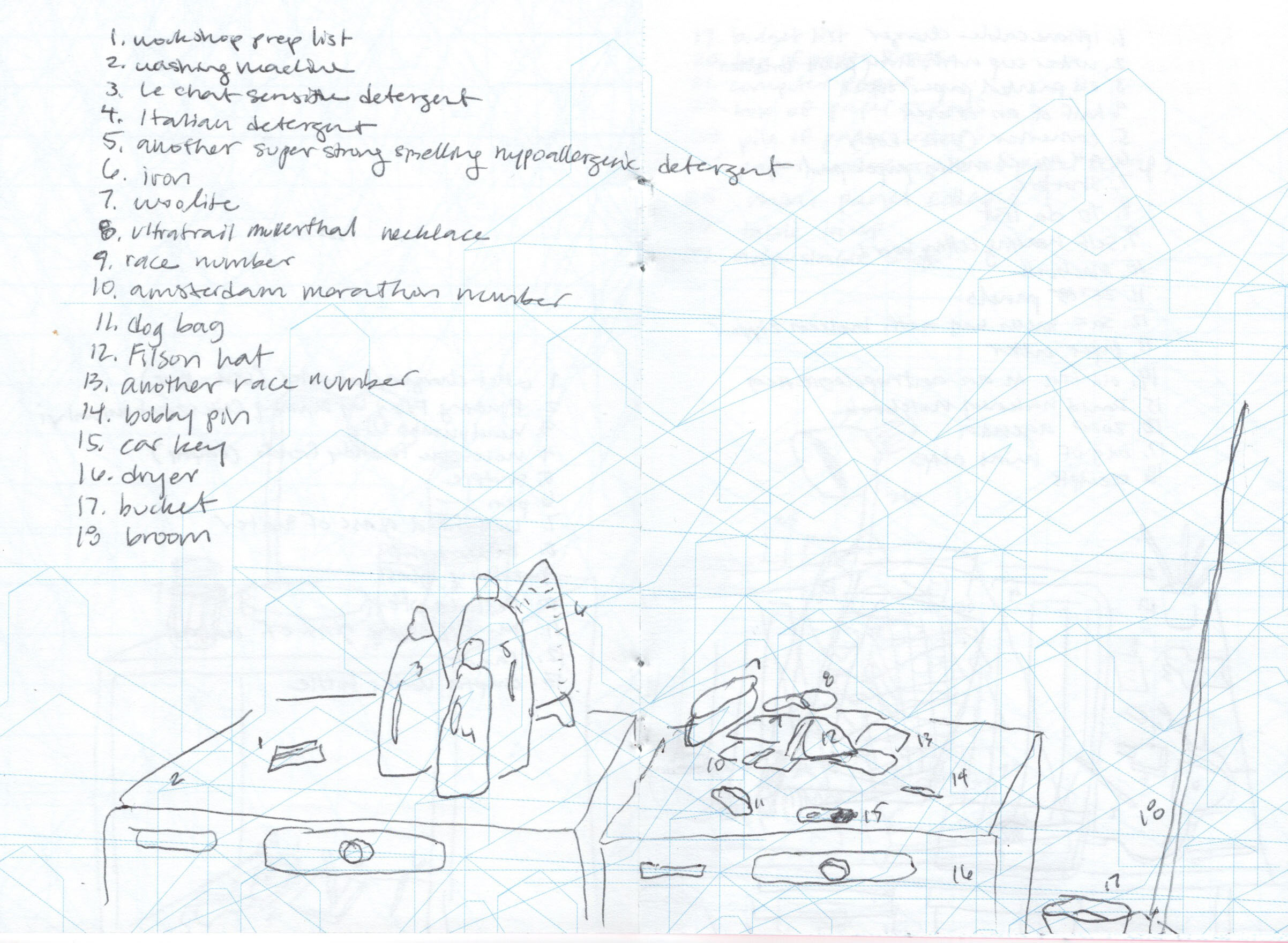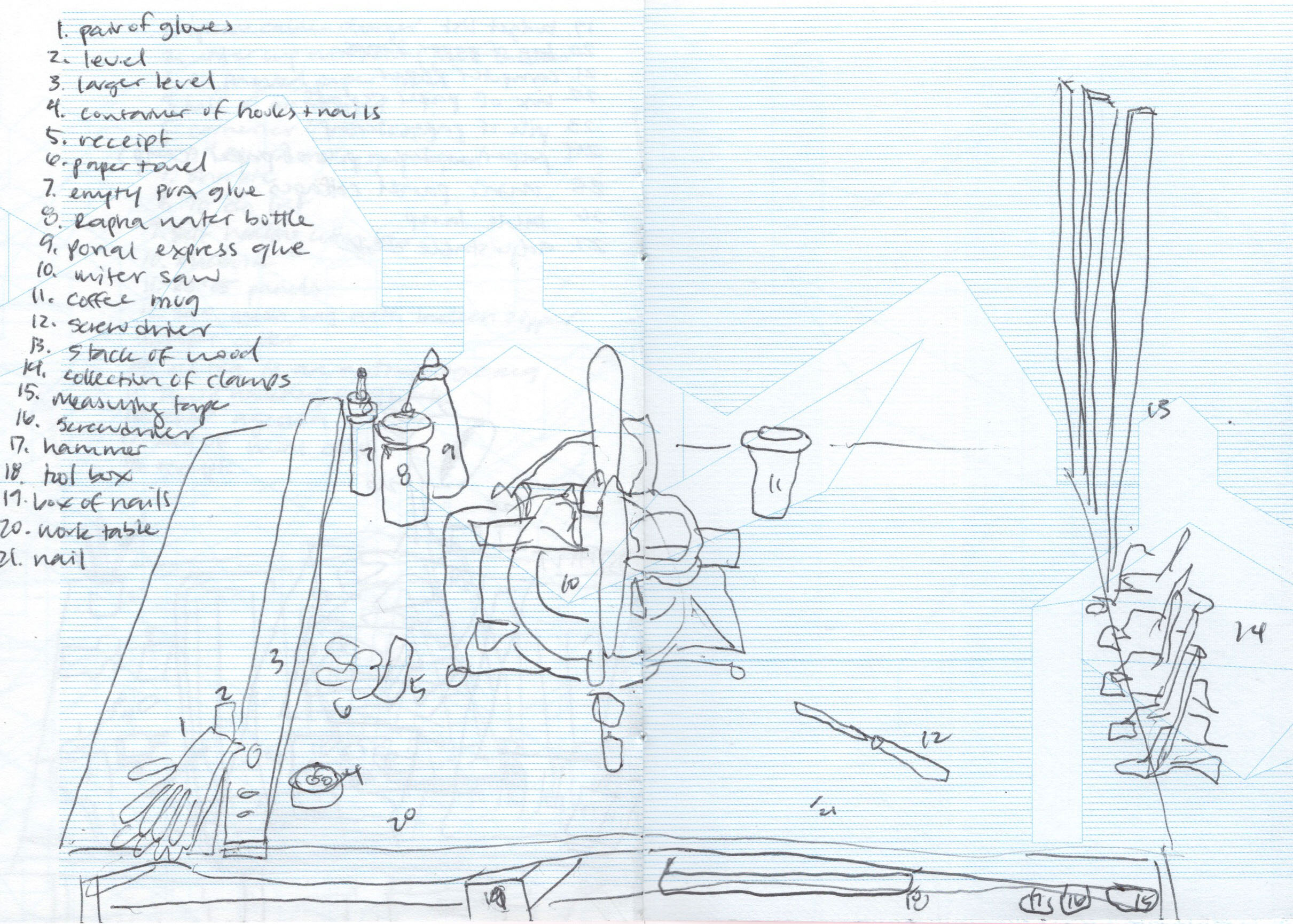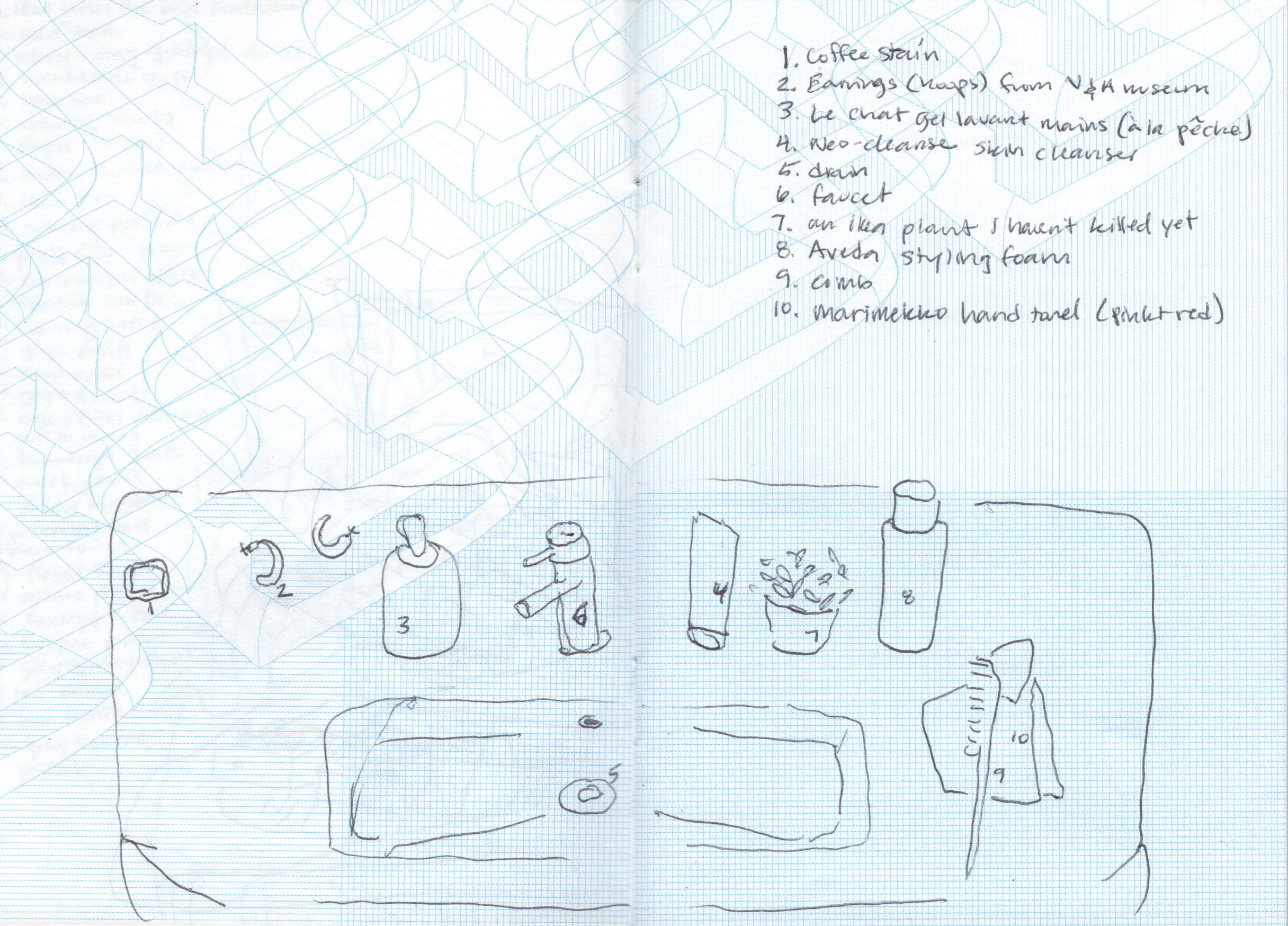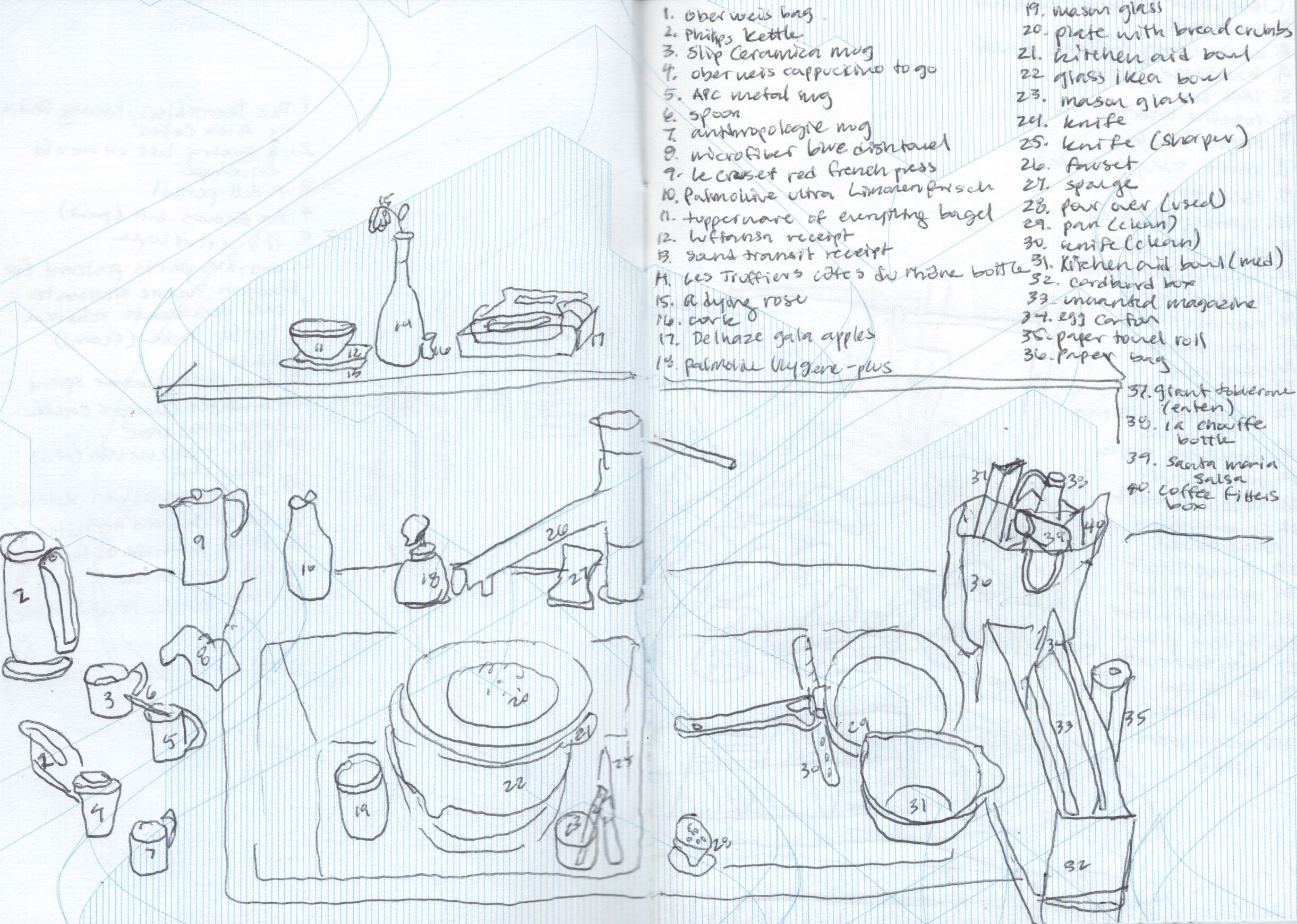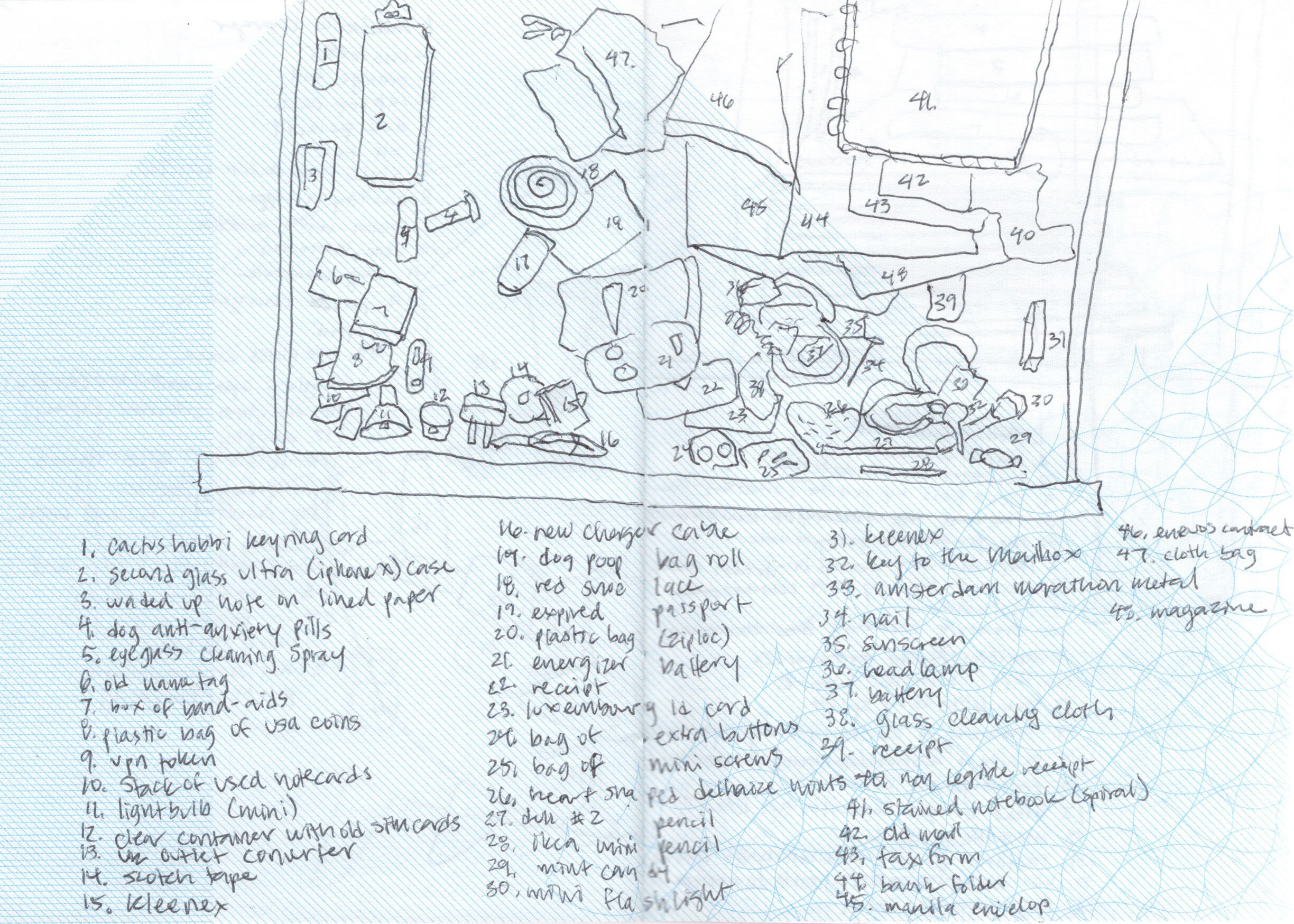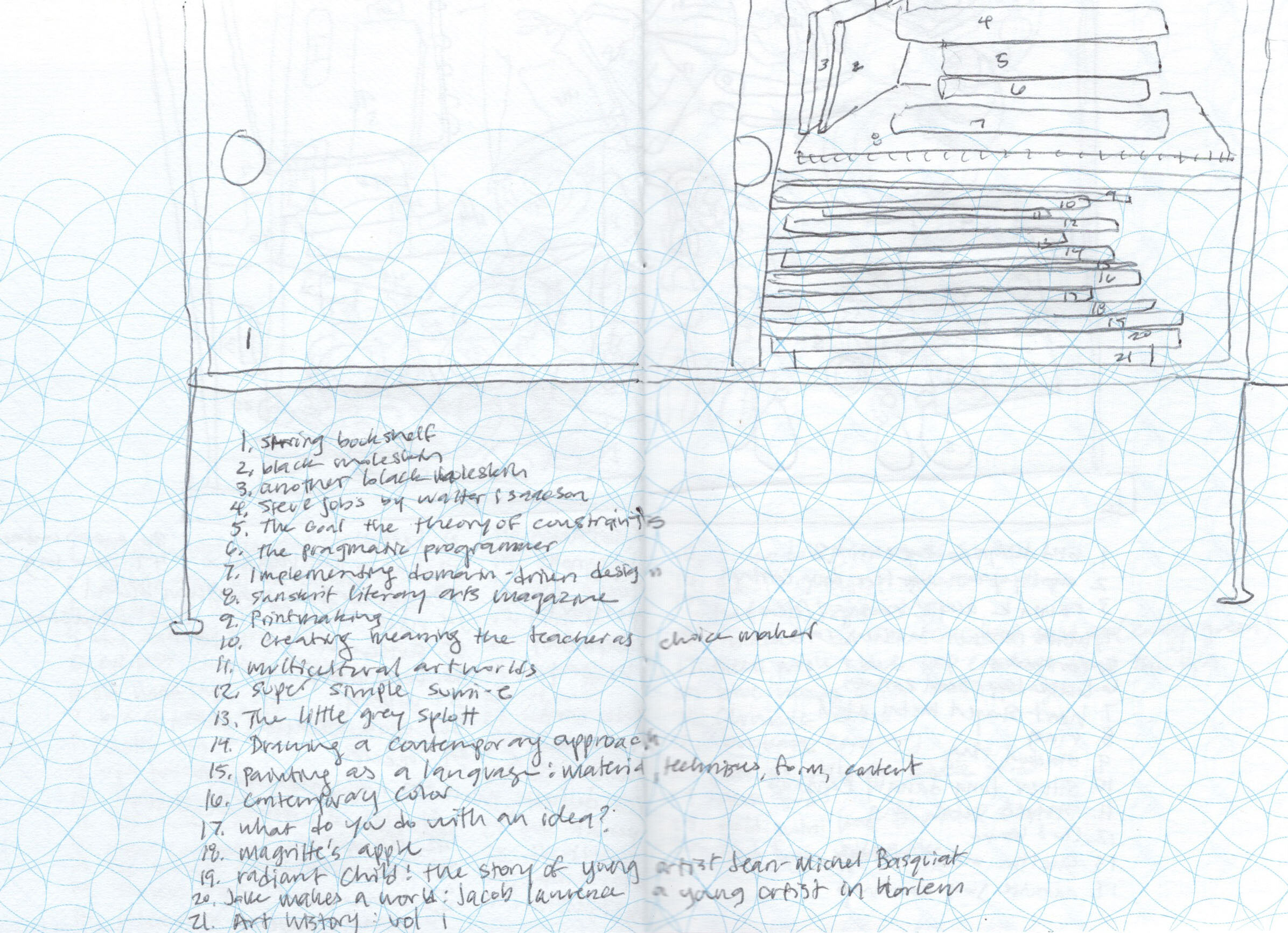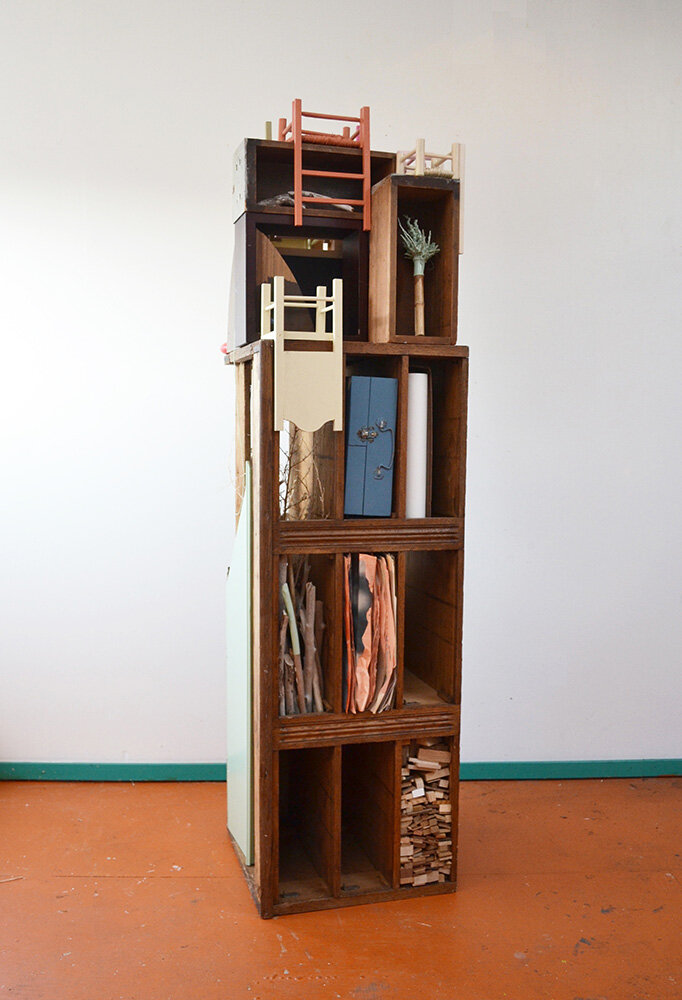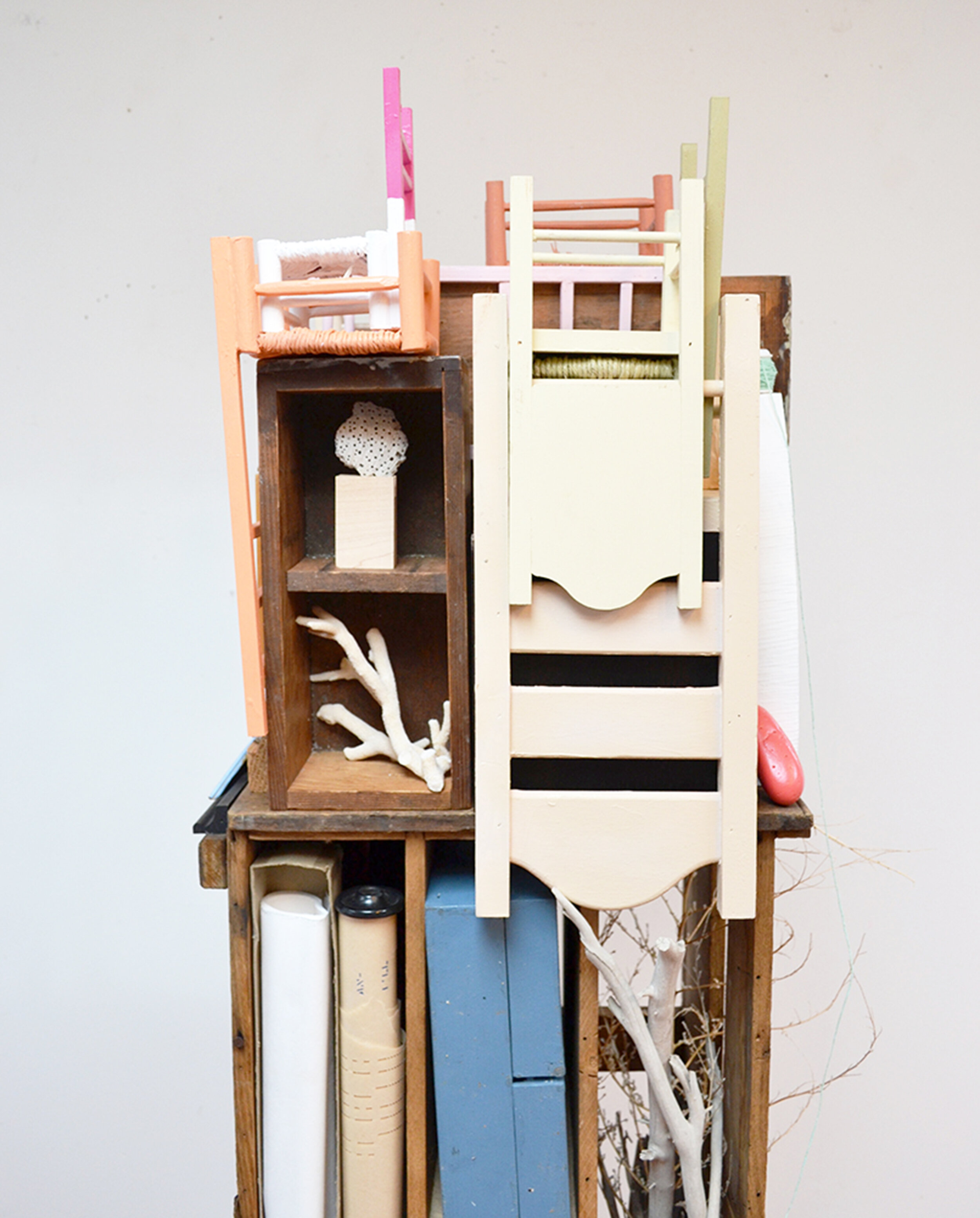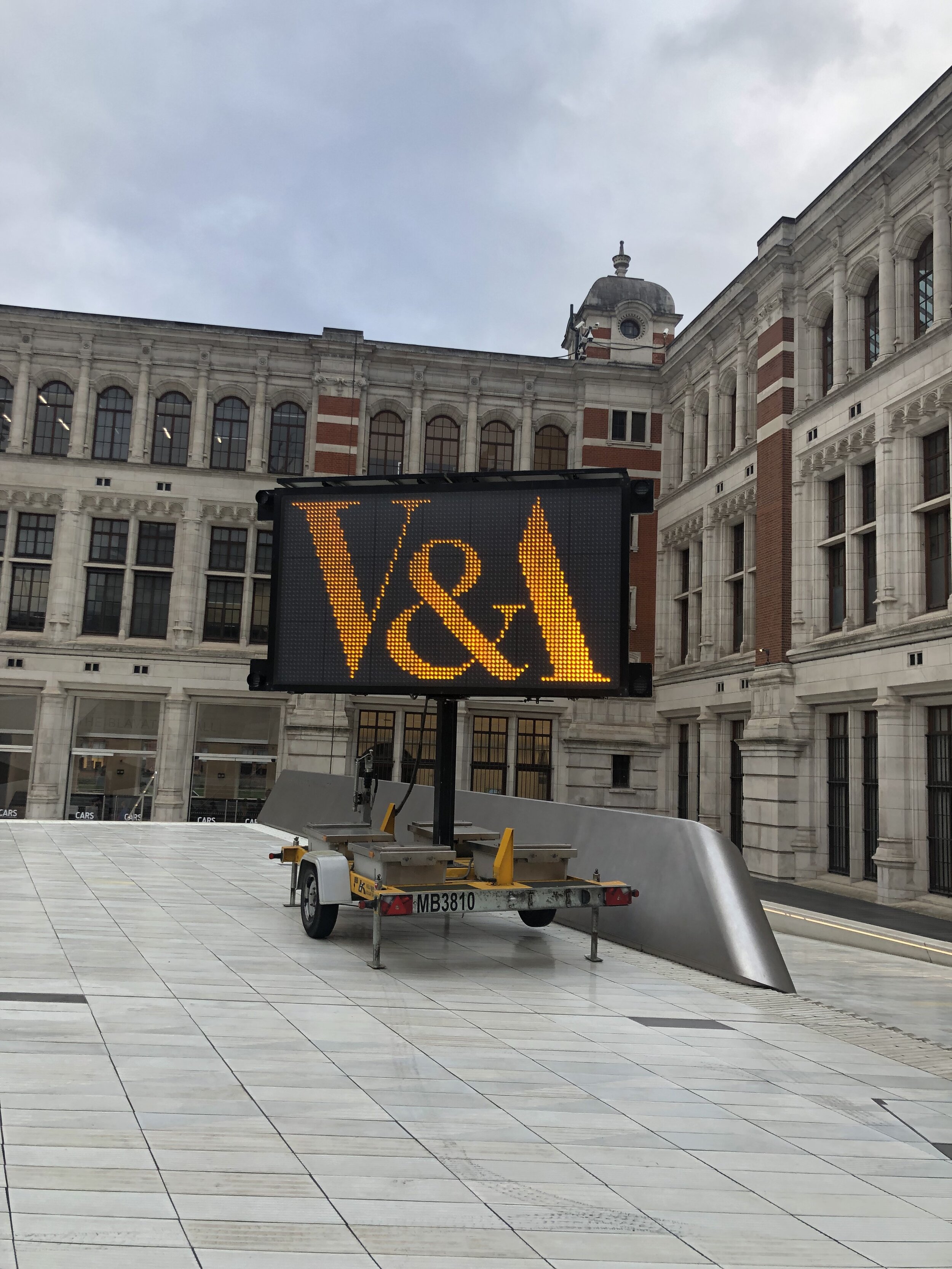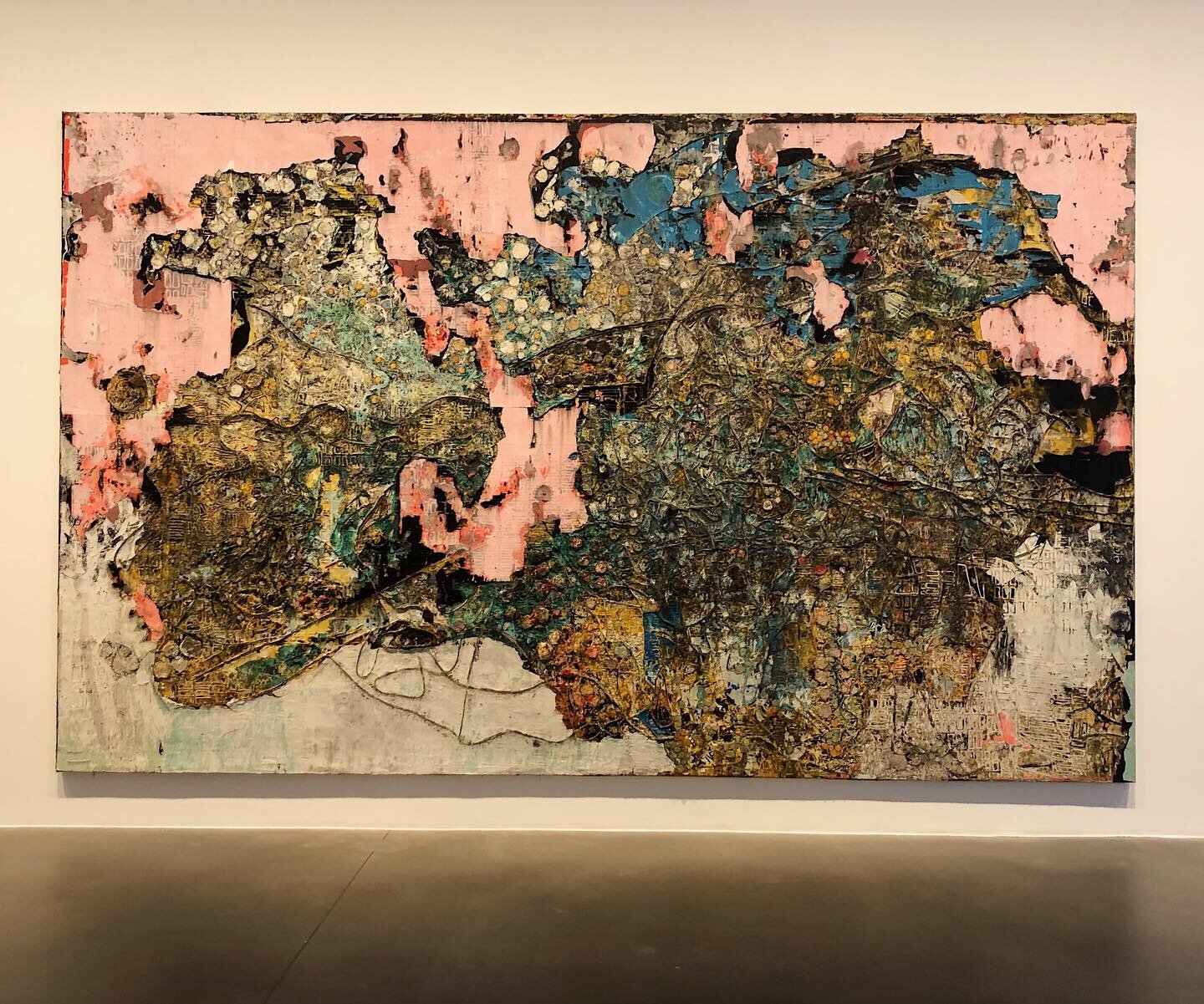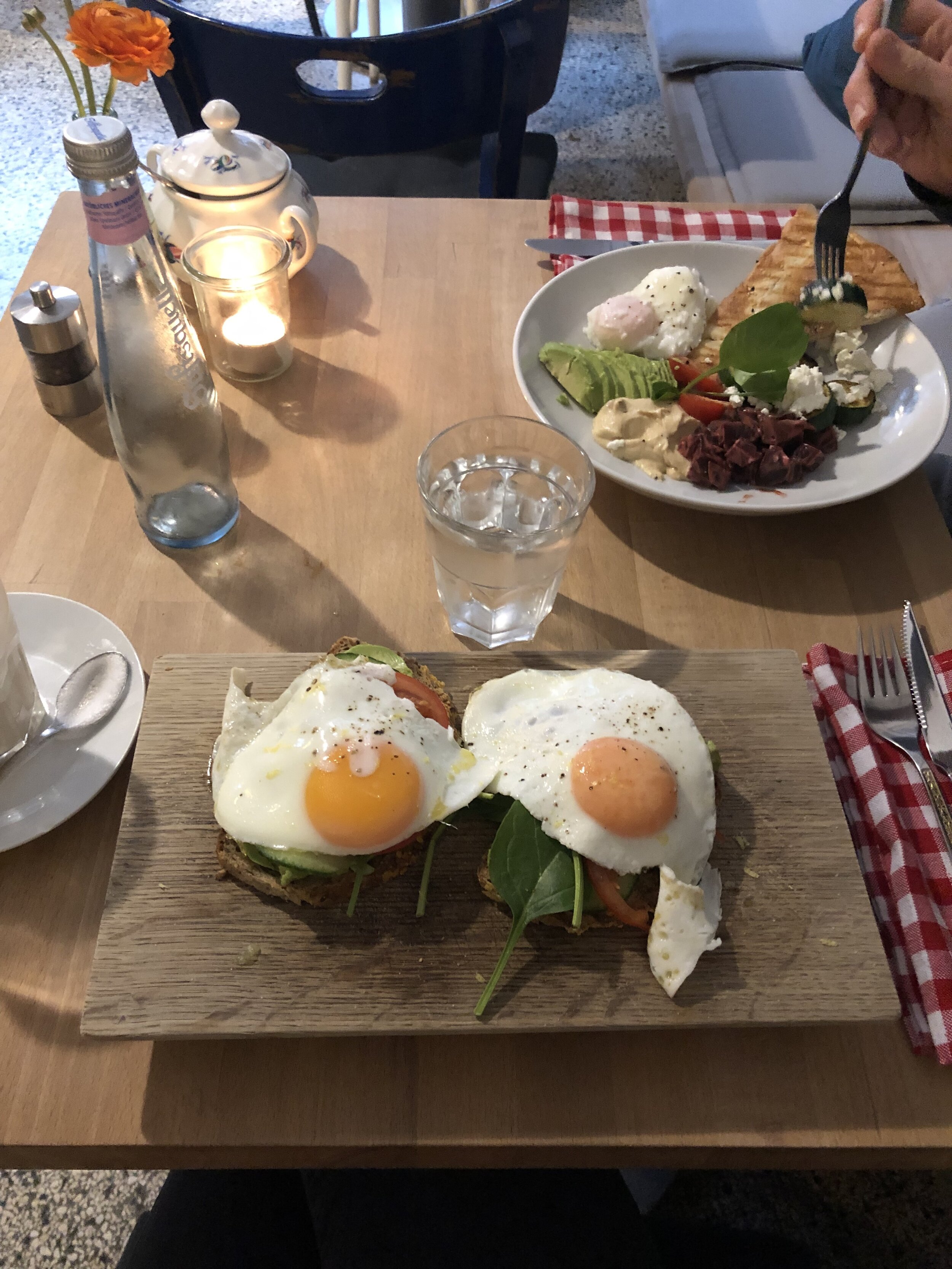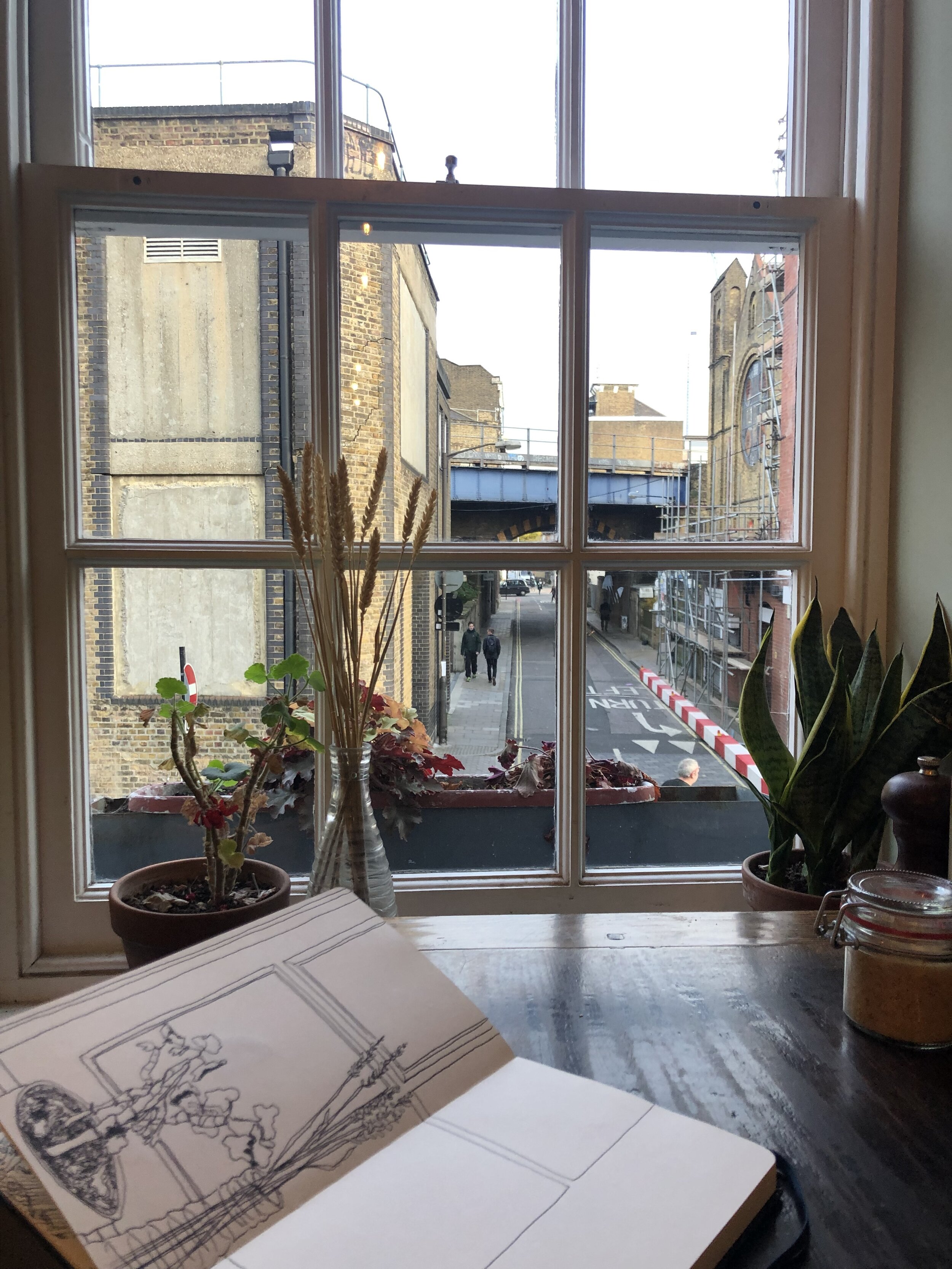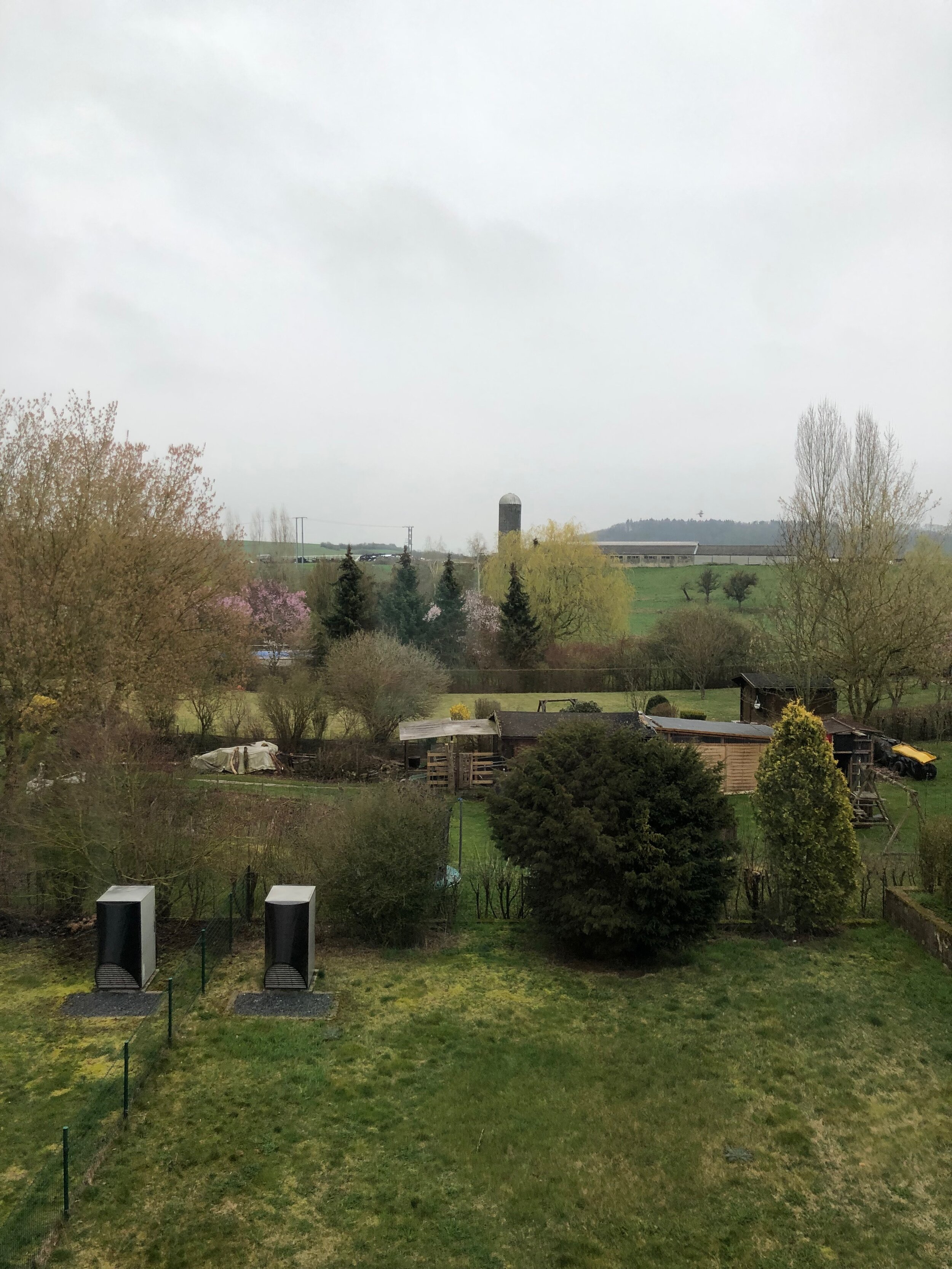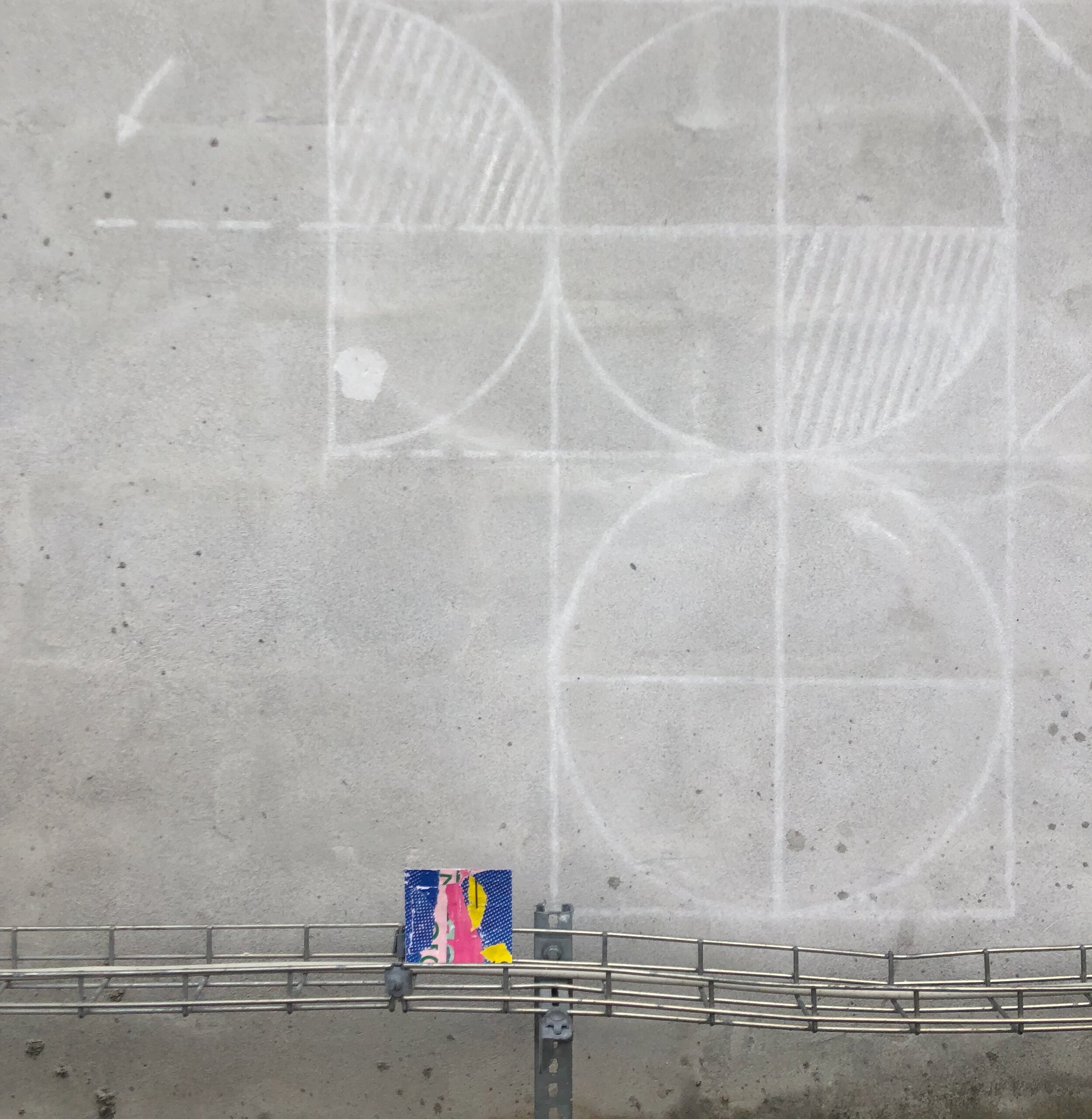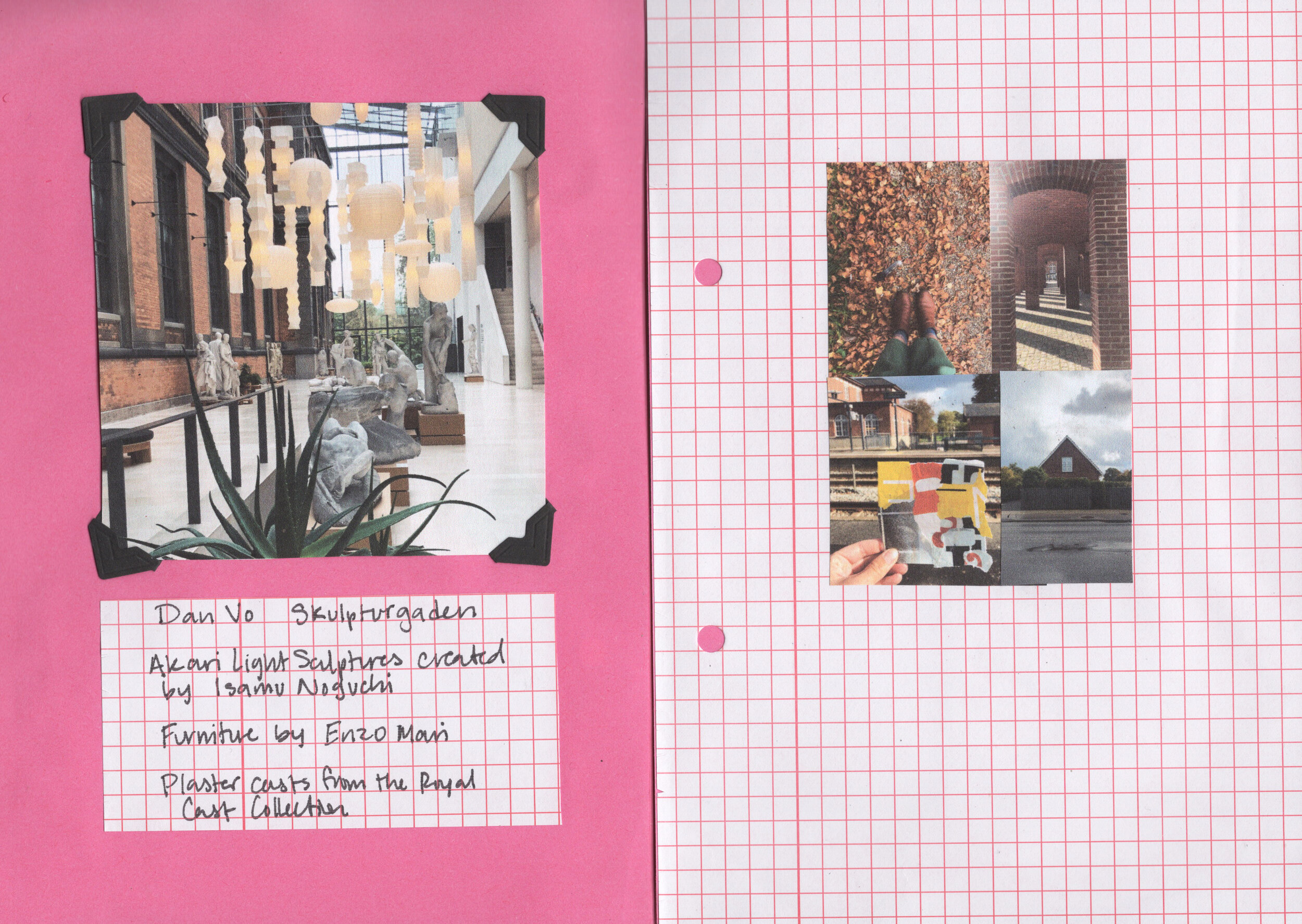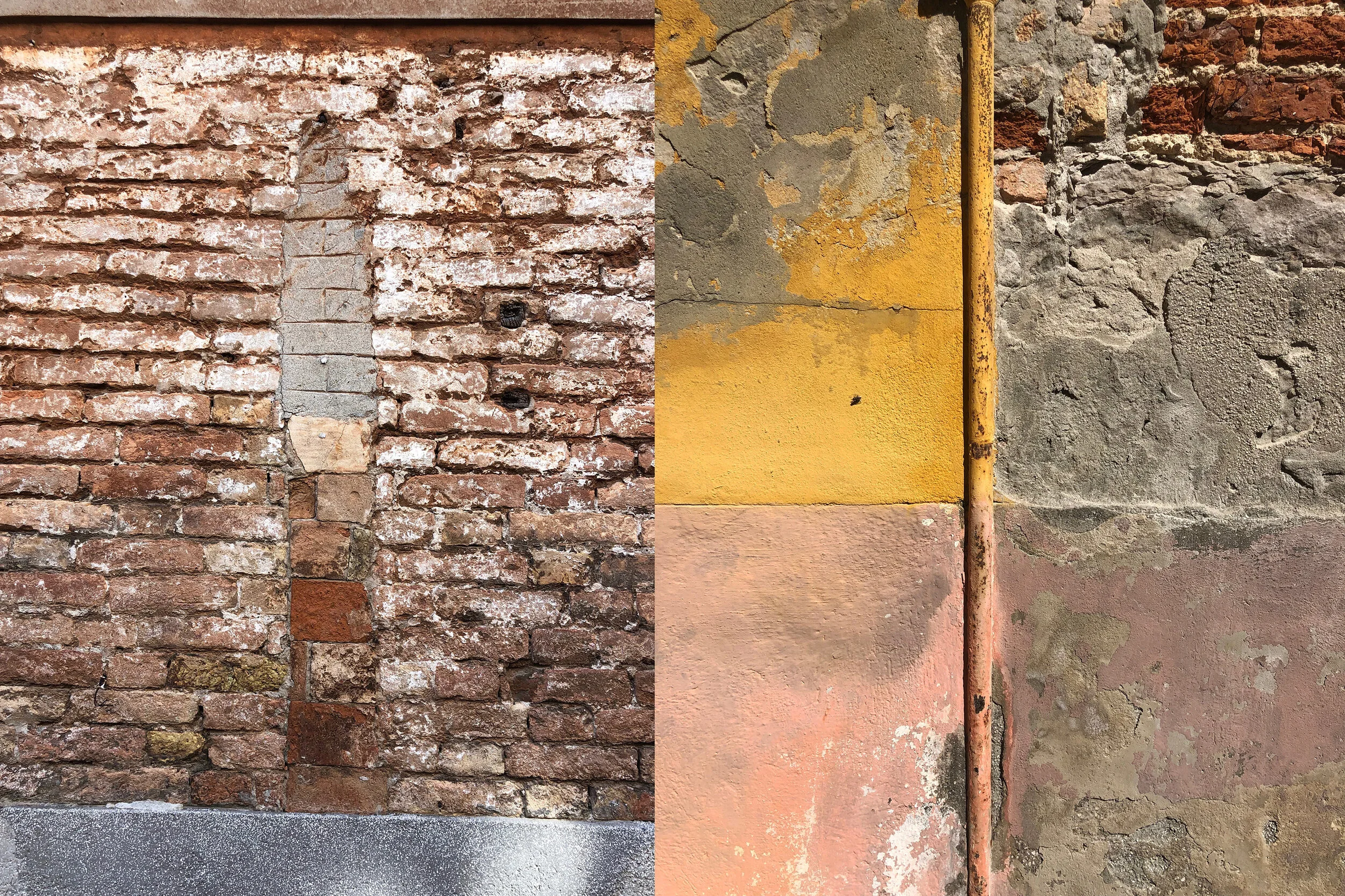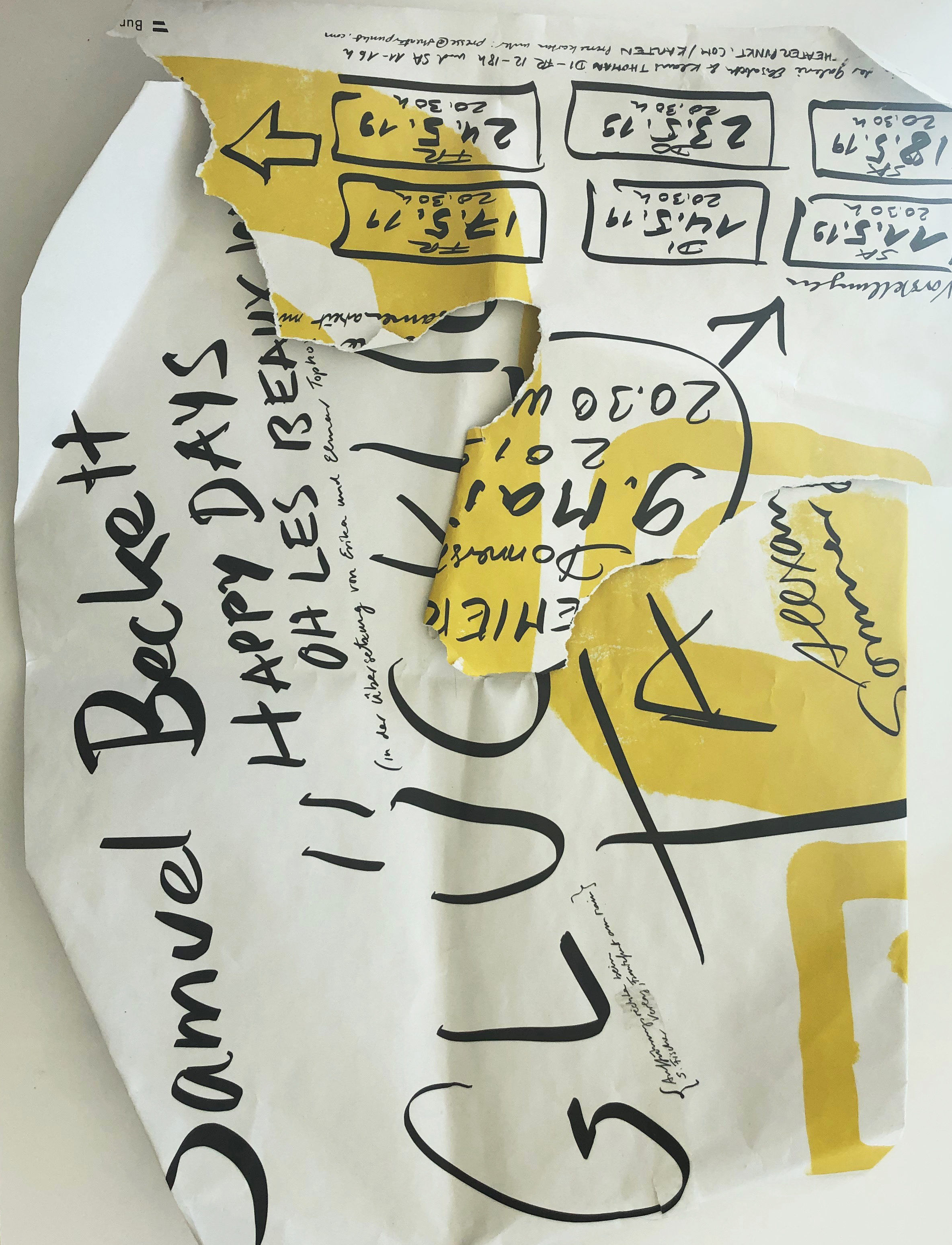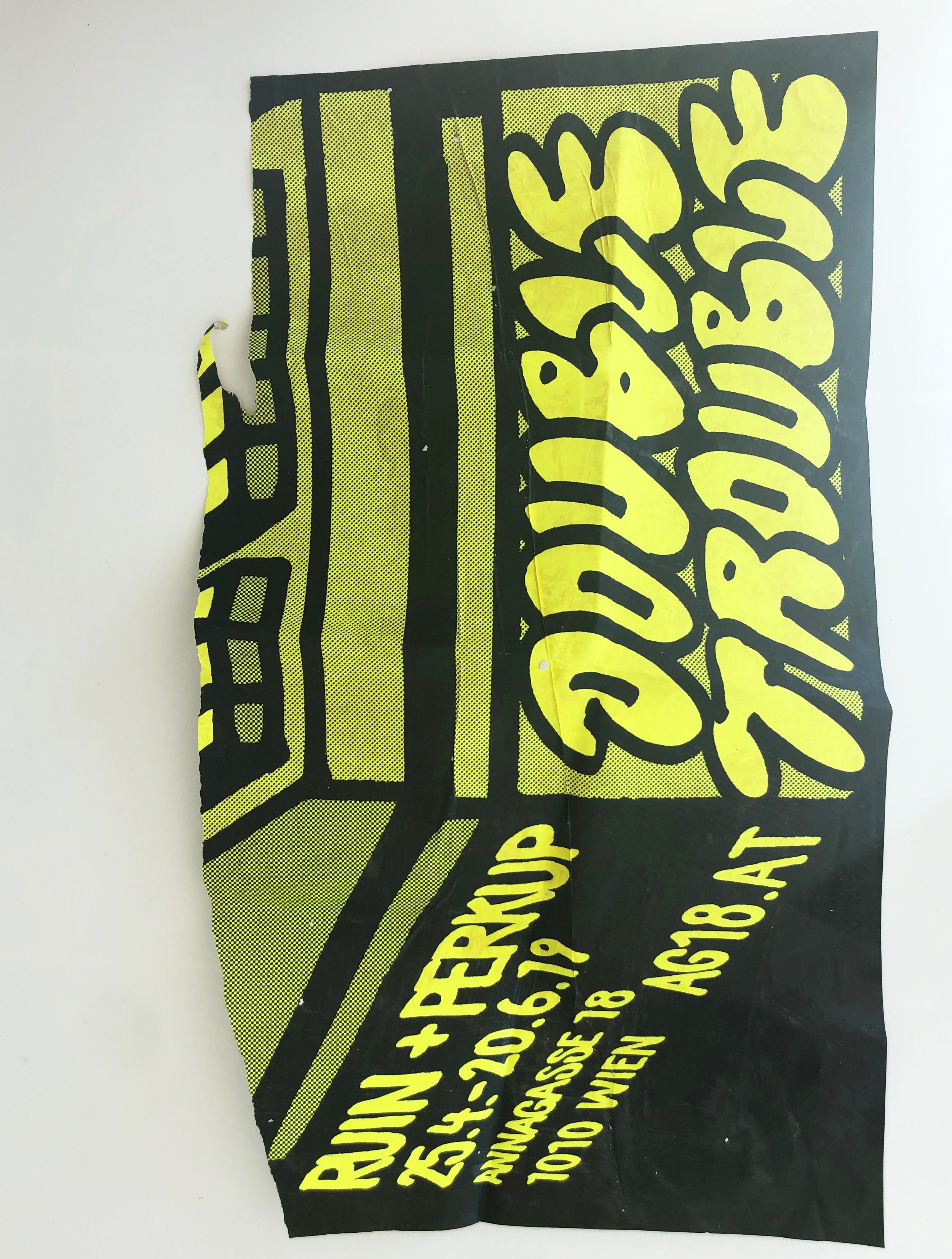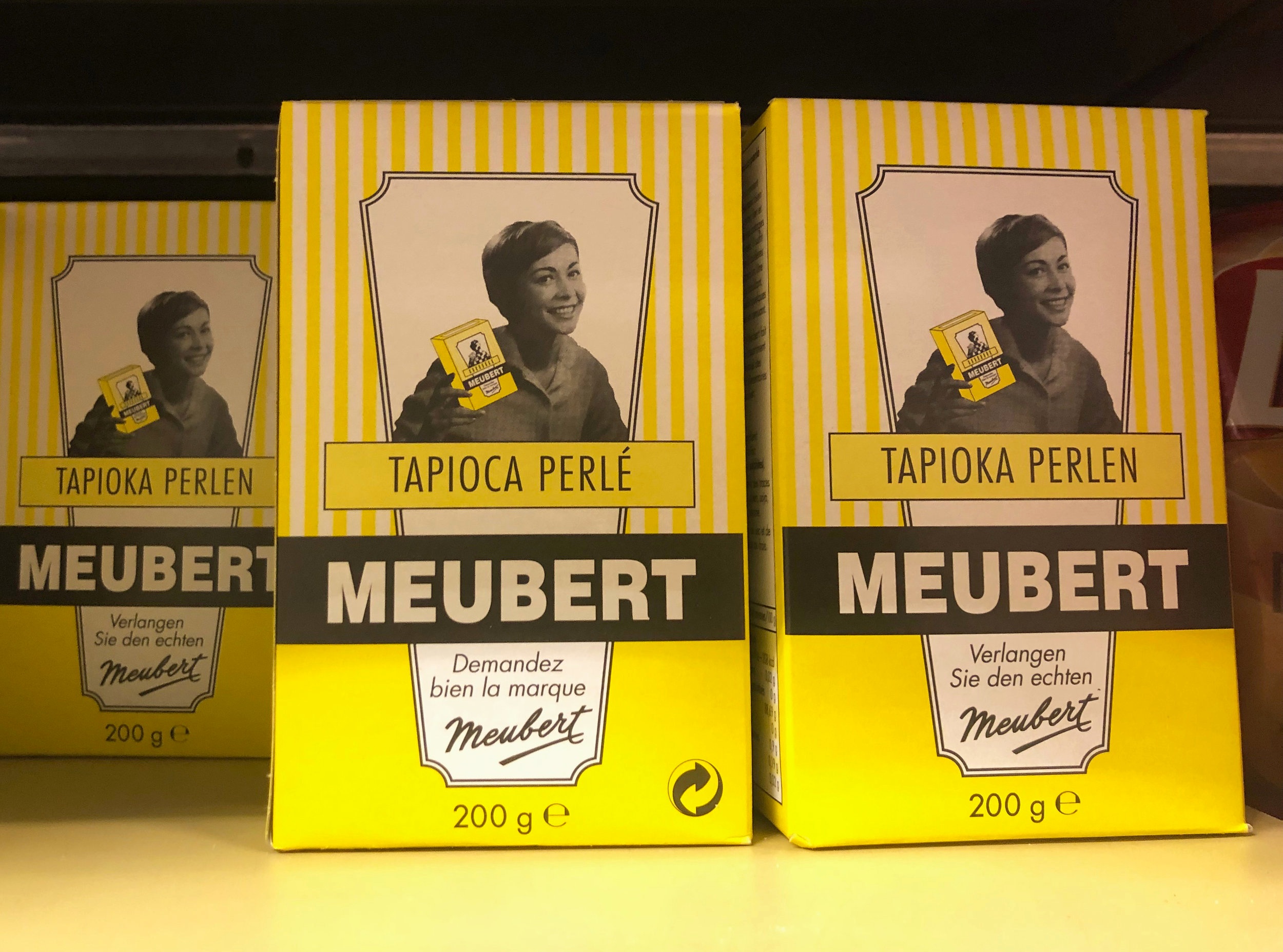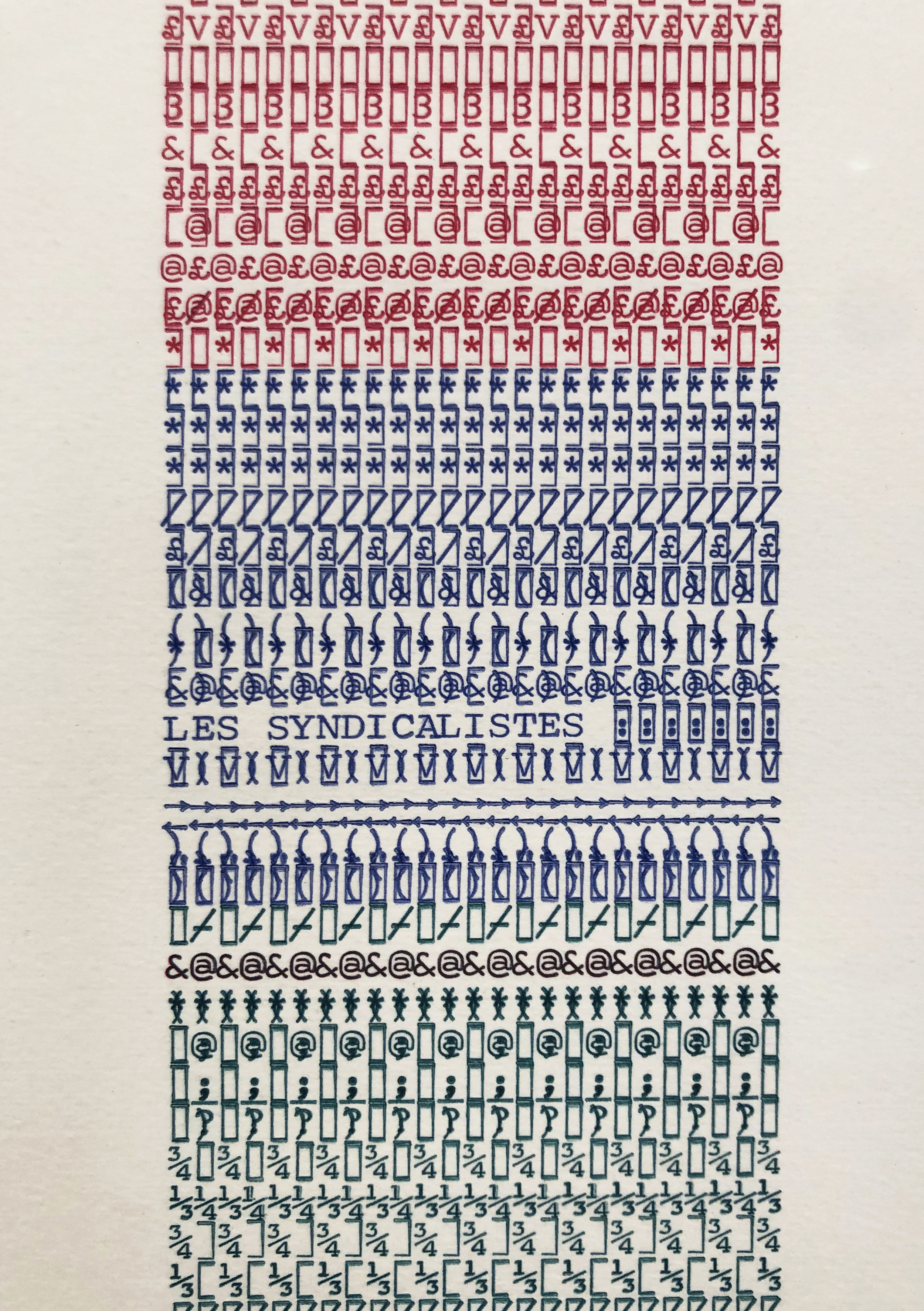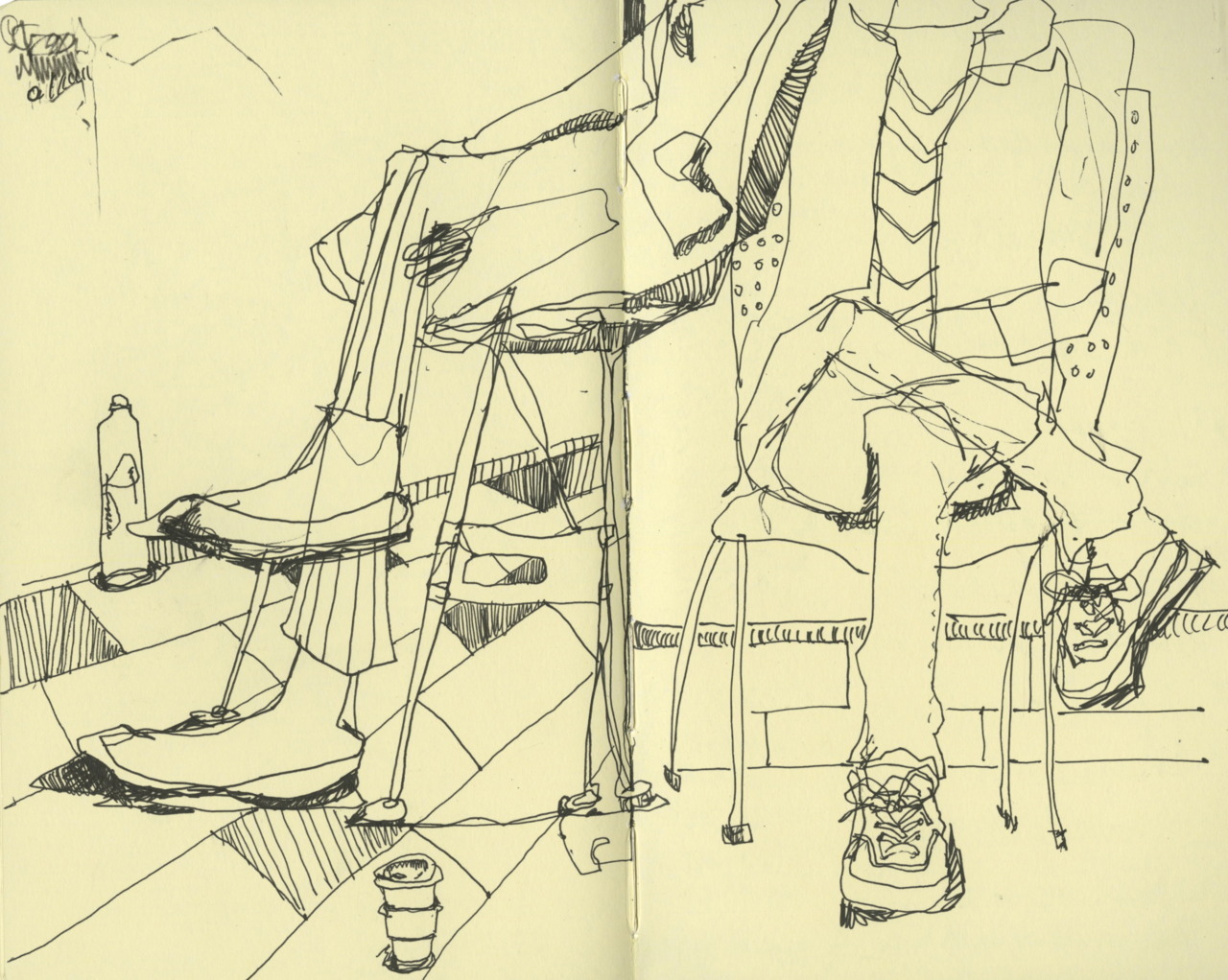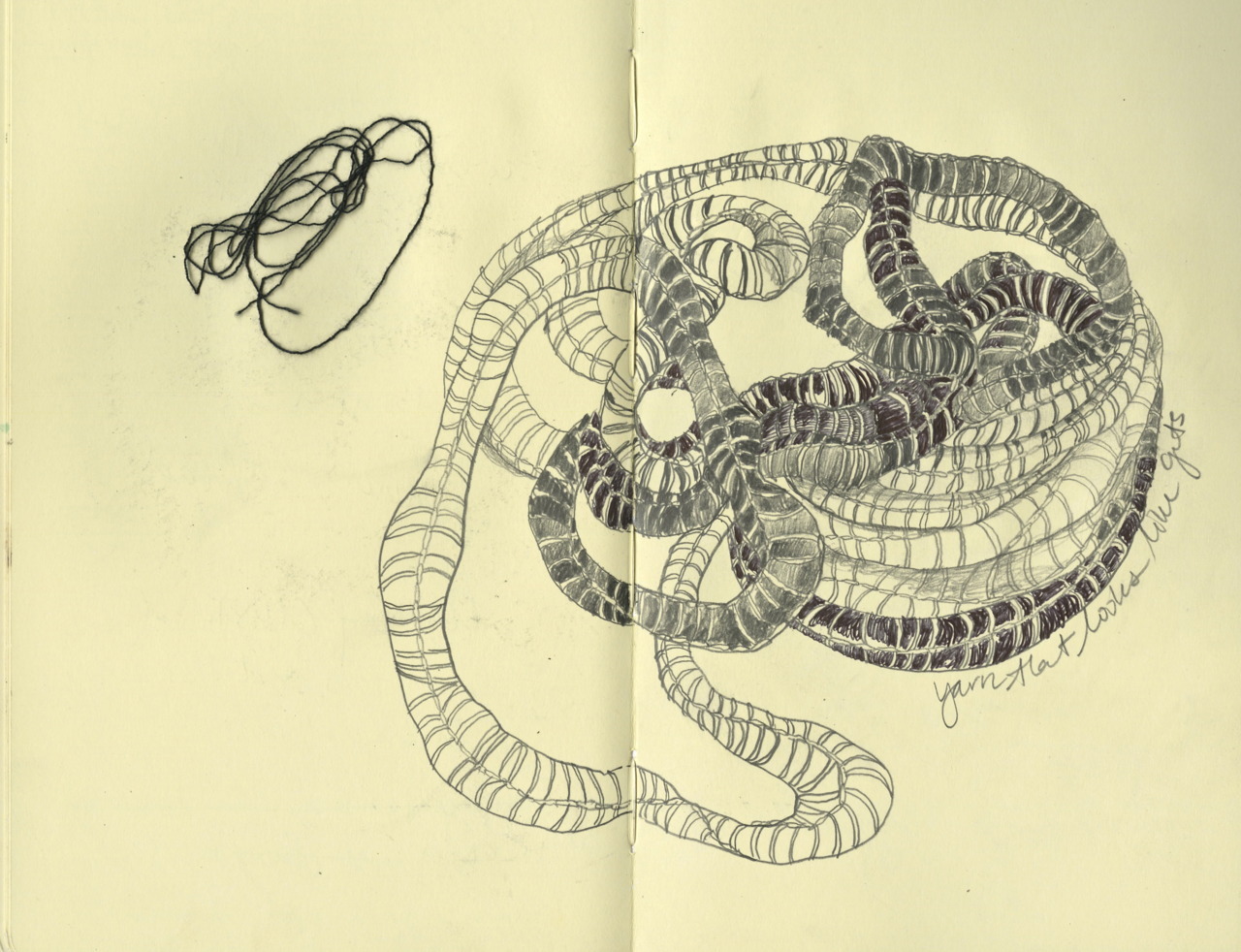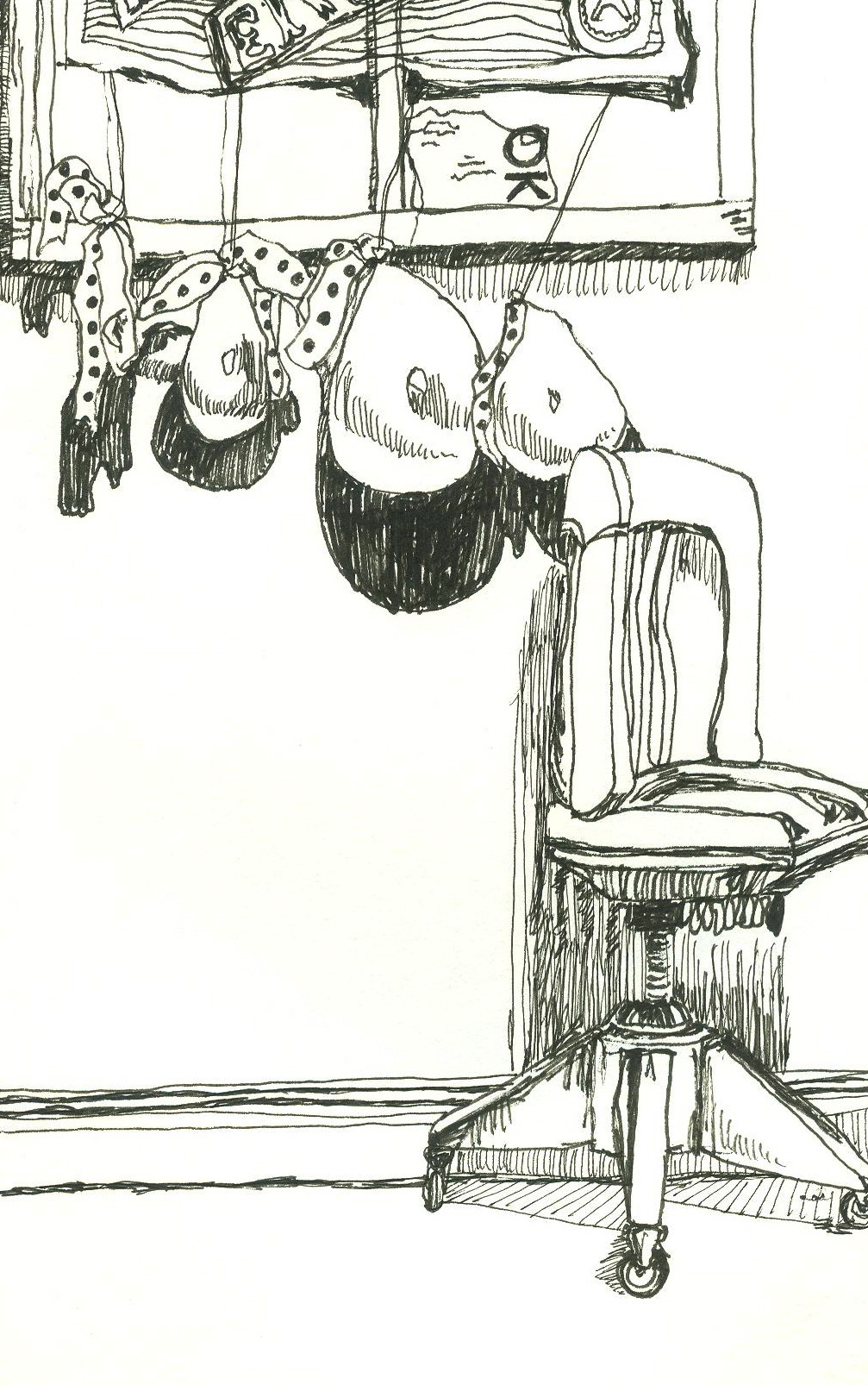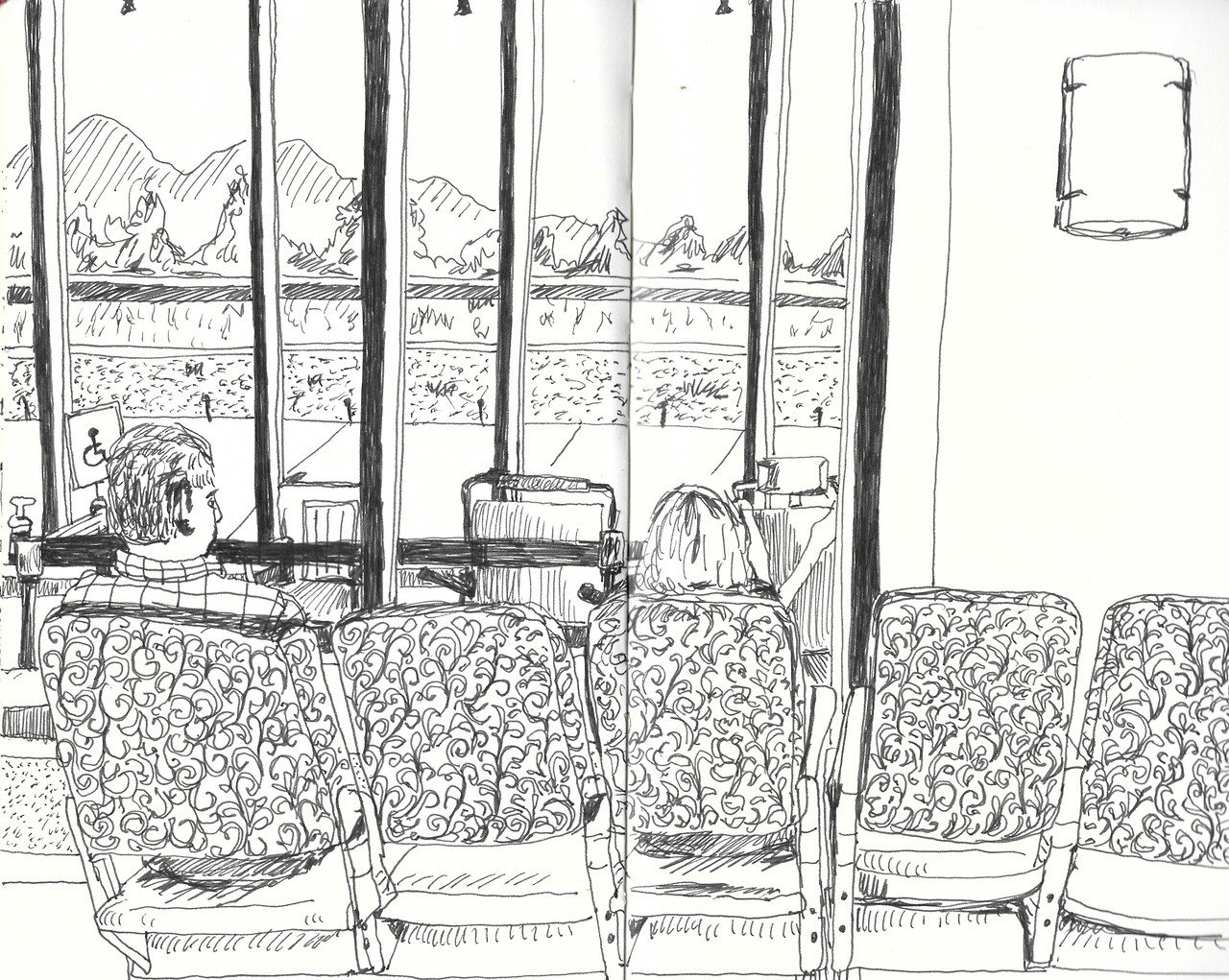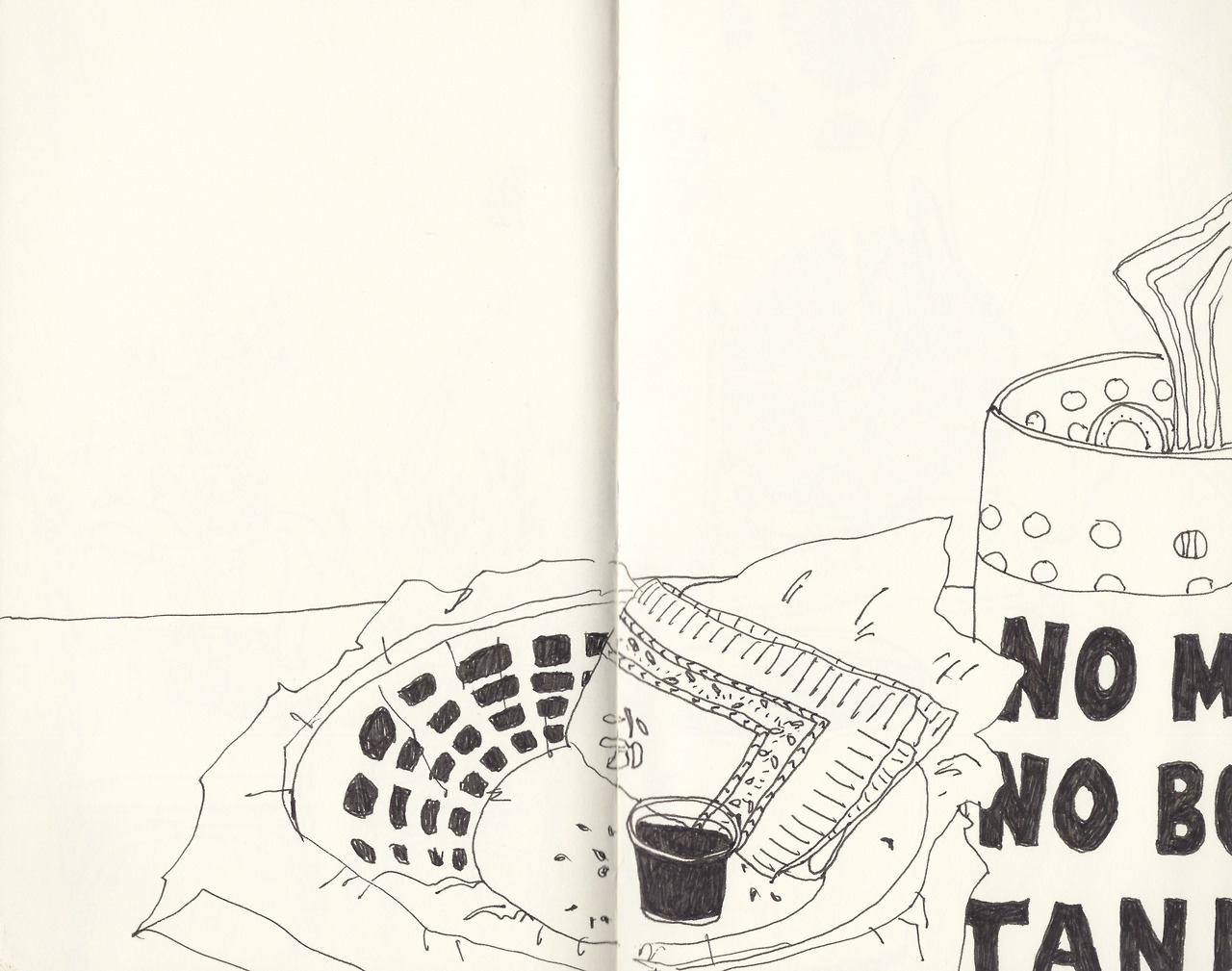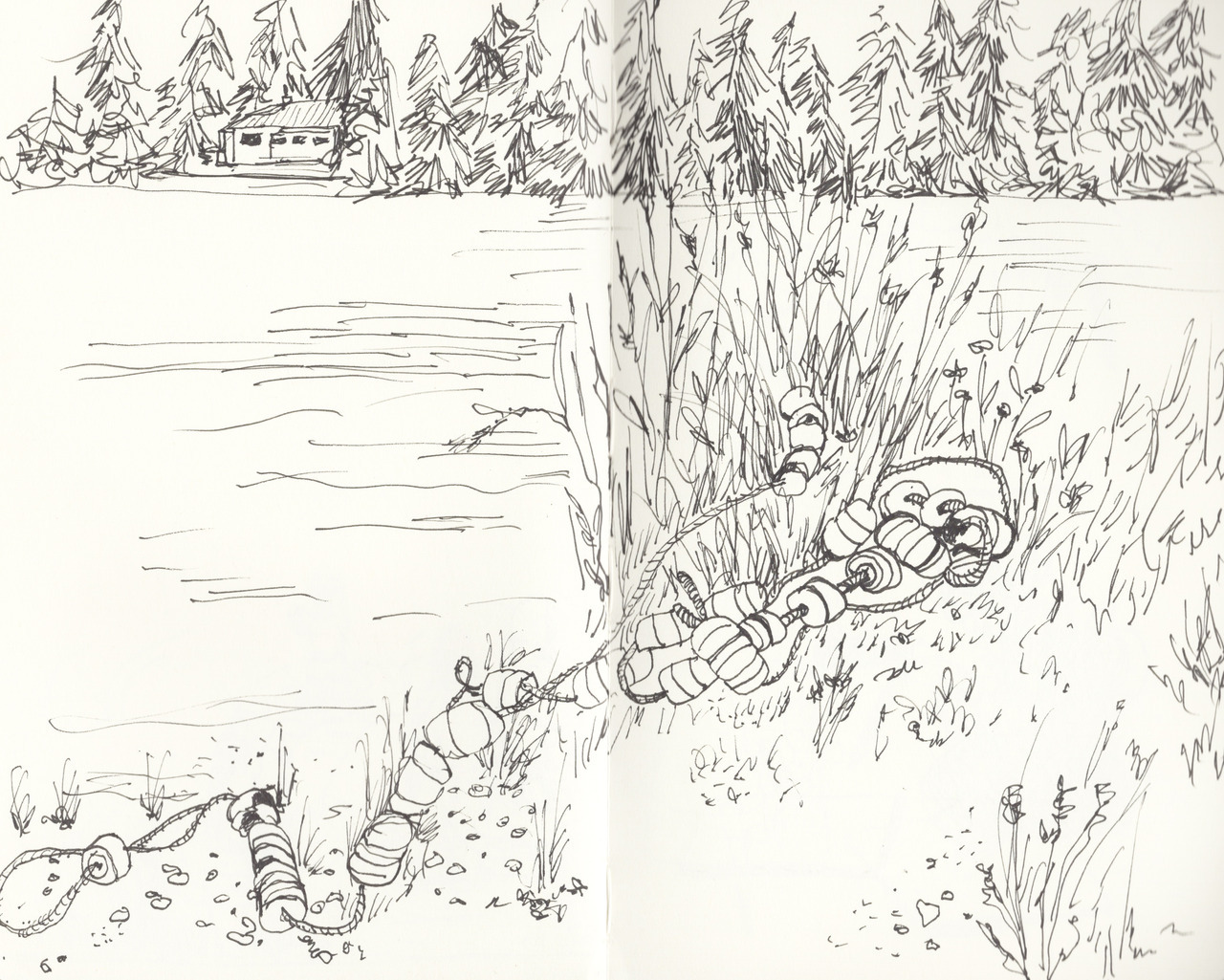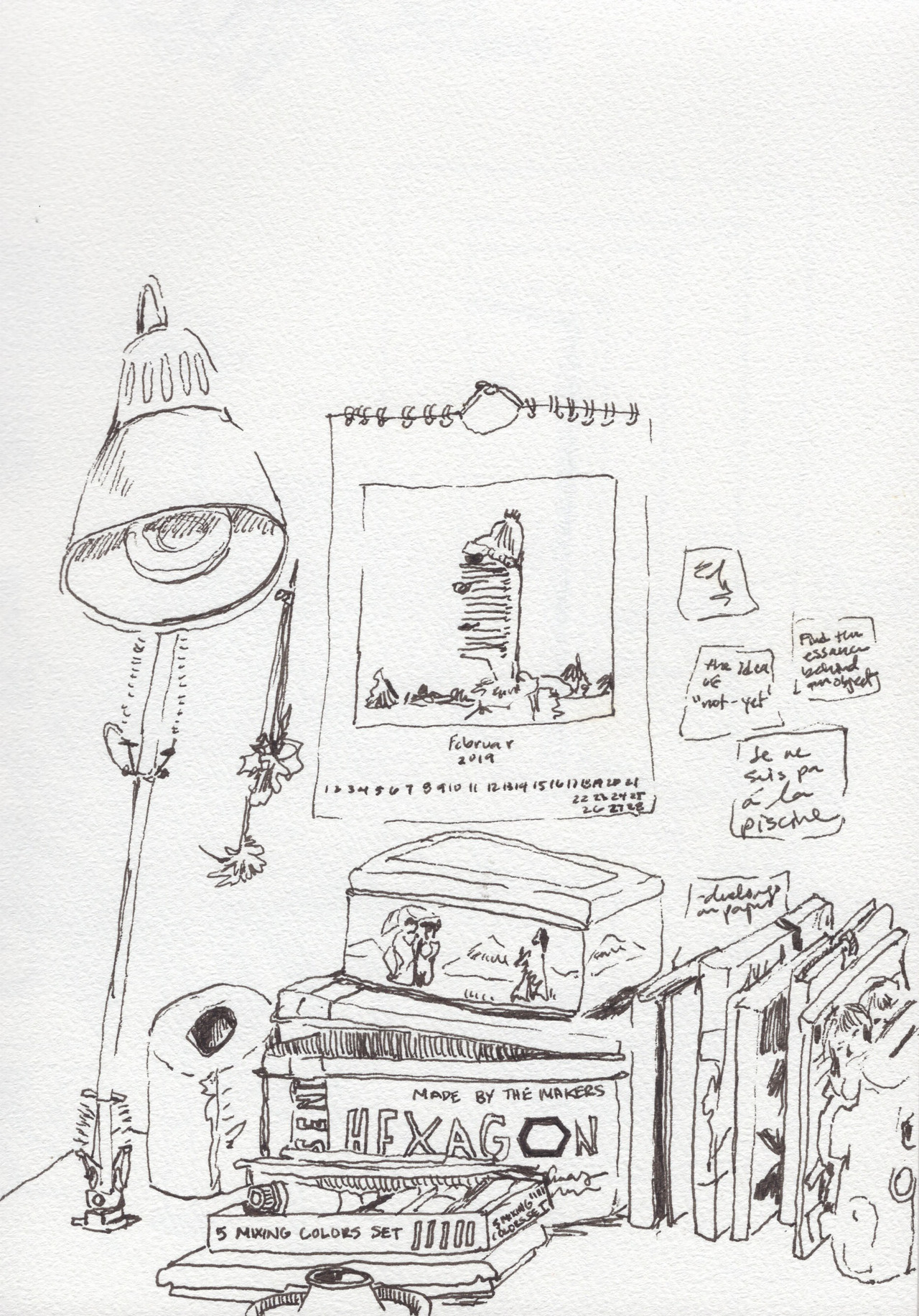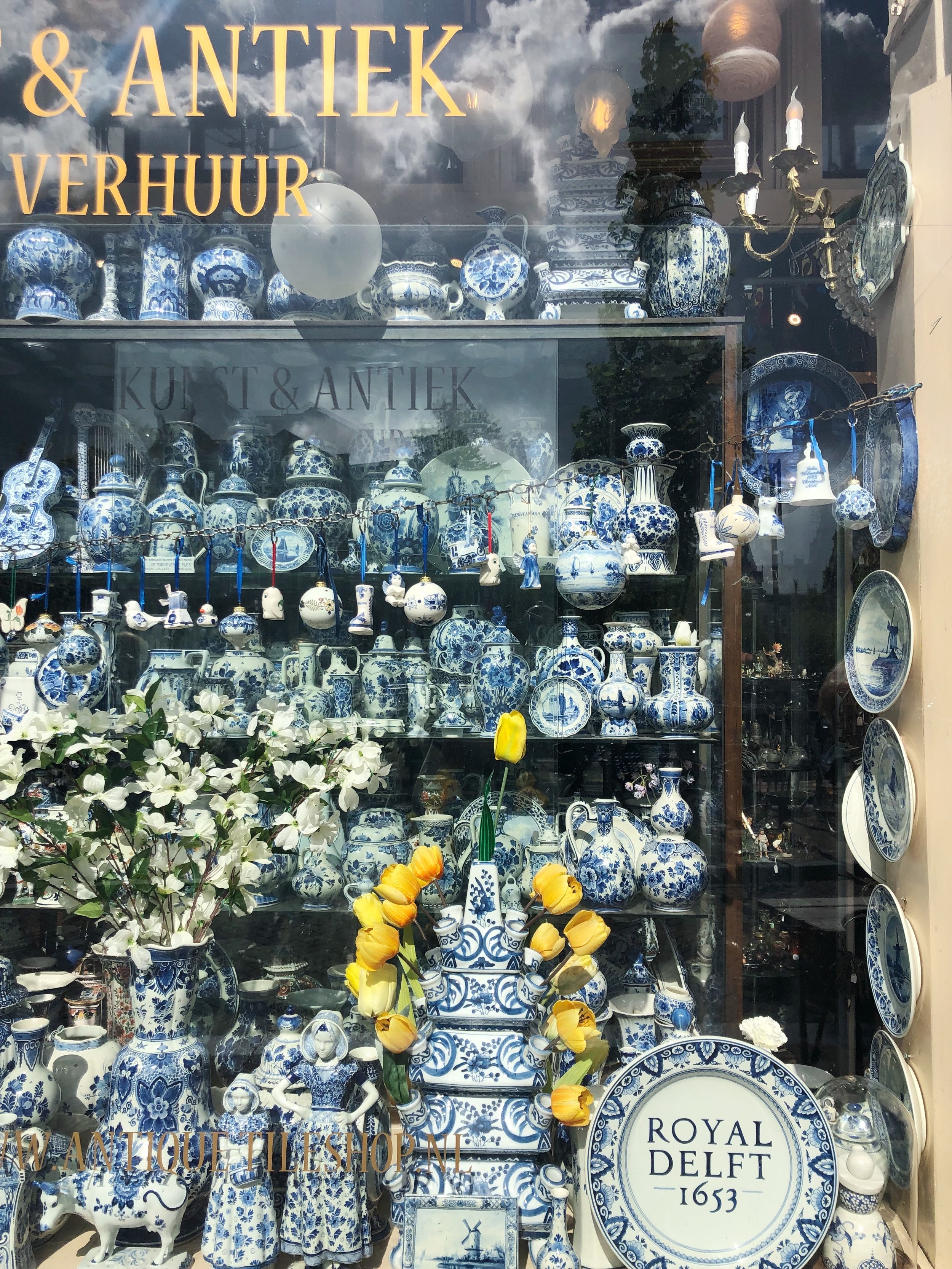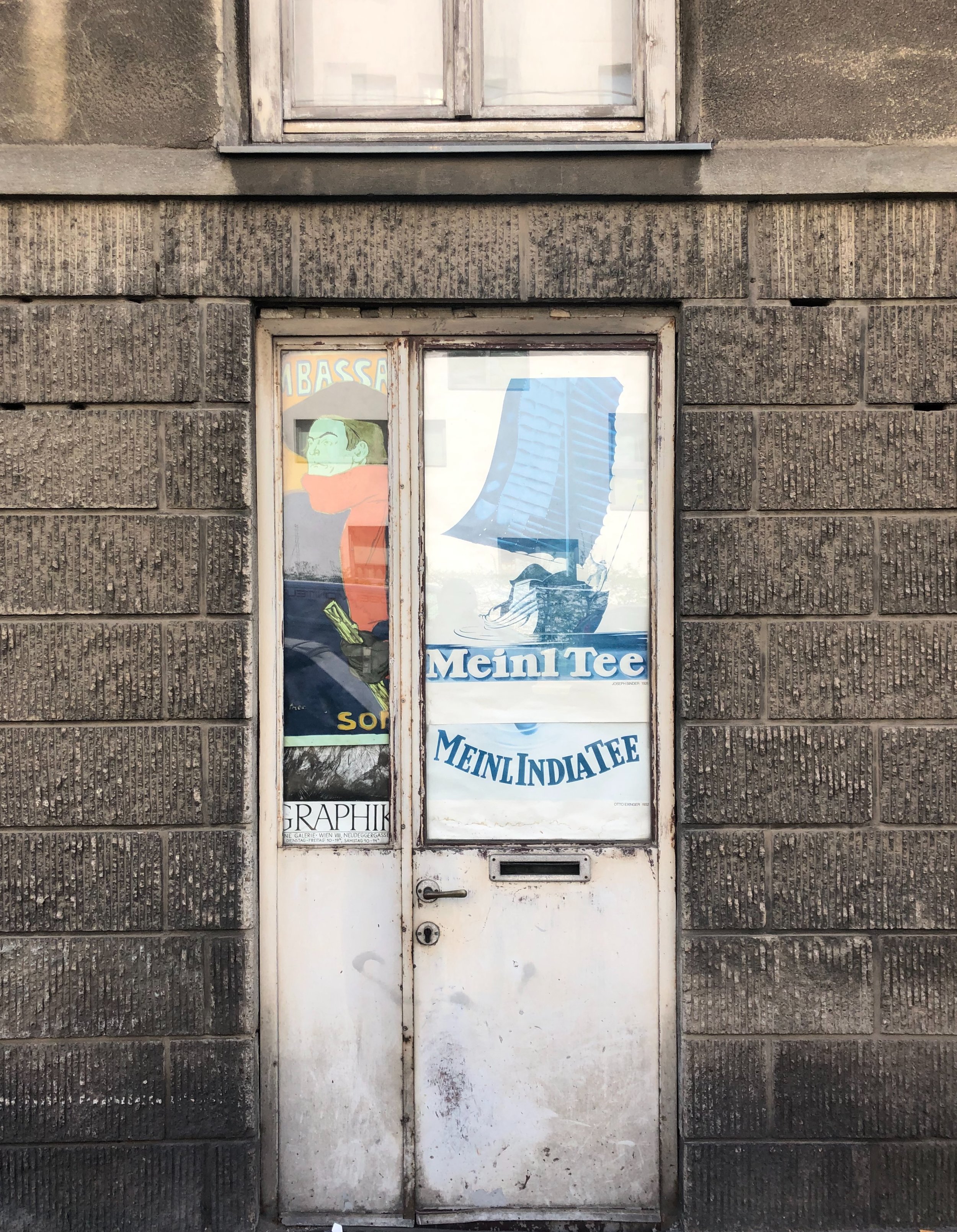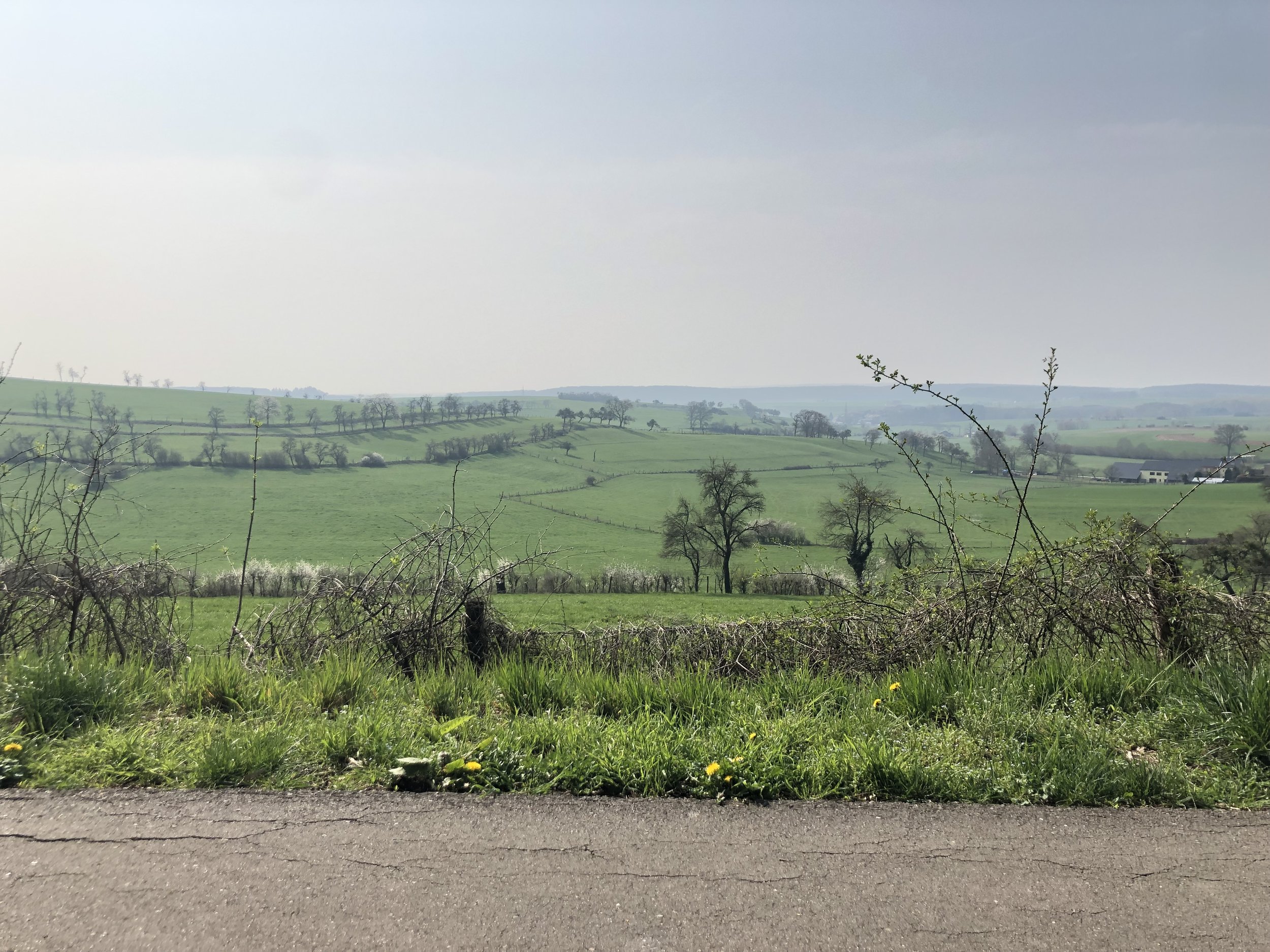I’ve been close friends with Meagan Long, founder of Goteya, for the past thirteen years. In that time we have lived far and further apart.
Due to the Covid-19 pandemic that is turning the world upside down, both of us find ourselves in our respective corners of the world - from Brooklyn, NY to my small village in Luxembourg, simultaneously sheltering in place and social distancing to help prevent the spread of infection.
Day 1: Reading on the fire escape in the sun: a postcard never sent / New blooms shaped like violet tears at 5:30 pm
In an effort to chronicle our similar, yet different lives in lockdown, we’ve started a collaborative project called The Distant Daily. It is both a gesture between friends to remind each other that we are alone together as well a way to let imagery communicate the words we are still trying to form.
Day 2: A deserted highway with one shop open / The relief of an unexpected sign to stop you from crying
The Distant Daily takes the simple act of sharing one photo a day and exposes a complicated composite of emotions and poetic metaphors unveiled in our pairings. Signs formed in hay vs those still flashing in neon shift to symbols in shadows or blooms of hope shaped like tears.
Day 3: A once thriving industrial park in Bush Terminal, Brooklyn / New Rituals
Taking photos is how we are learning to cope and connect while adjusting to these new surreal realities.
Day 4: Industrial seascape / A hoop without a net, but a shadow for a friend
While we are all trying to weather our new storms, here is a non exhaustive list of additional creative responses & resources for you during this crisis:









